 Abraham Lincoln
If given the truth, the people can be depended upon to meet any national crisis...
Abraham Lincoln
If given the truth, the people can be depended upon to meet any national crisis...
 Guildford news...
for Guildford people, brought to you by Guildford reporters - Guildford's own news service
Guildford news...
for Guildford people, brought to you by Guildford reporters - Guildford's own news service
Birdwatcher’s Diary No.284
Published on: 29 Jul, 2023
Updated on: 30 Jul, 2023
By Malcolm Fincham
While southern European countries bathed in equatorial heat, squeezed upon it by a meandering Jet Stream, the British Isles, to the north of it, continued to suffer from its consequence.
For the most parts, it brought an unsettled Atlantic westerly flow during the later weeks of July.
South-Eastern counties, including Surrey, as often, avoided the worst of the precipitation in the prevailing low pressure systems.
Temperatures remained below seasonal average, but continued to be comfortably warm and dry enough, for the most part, to continue my ventures.
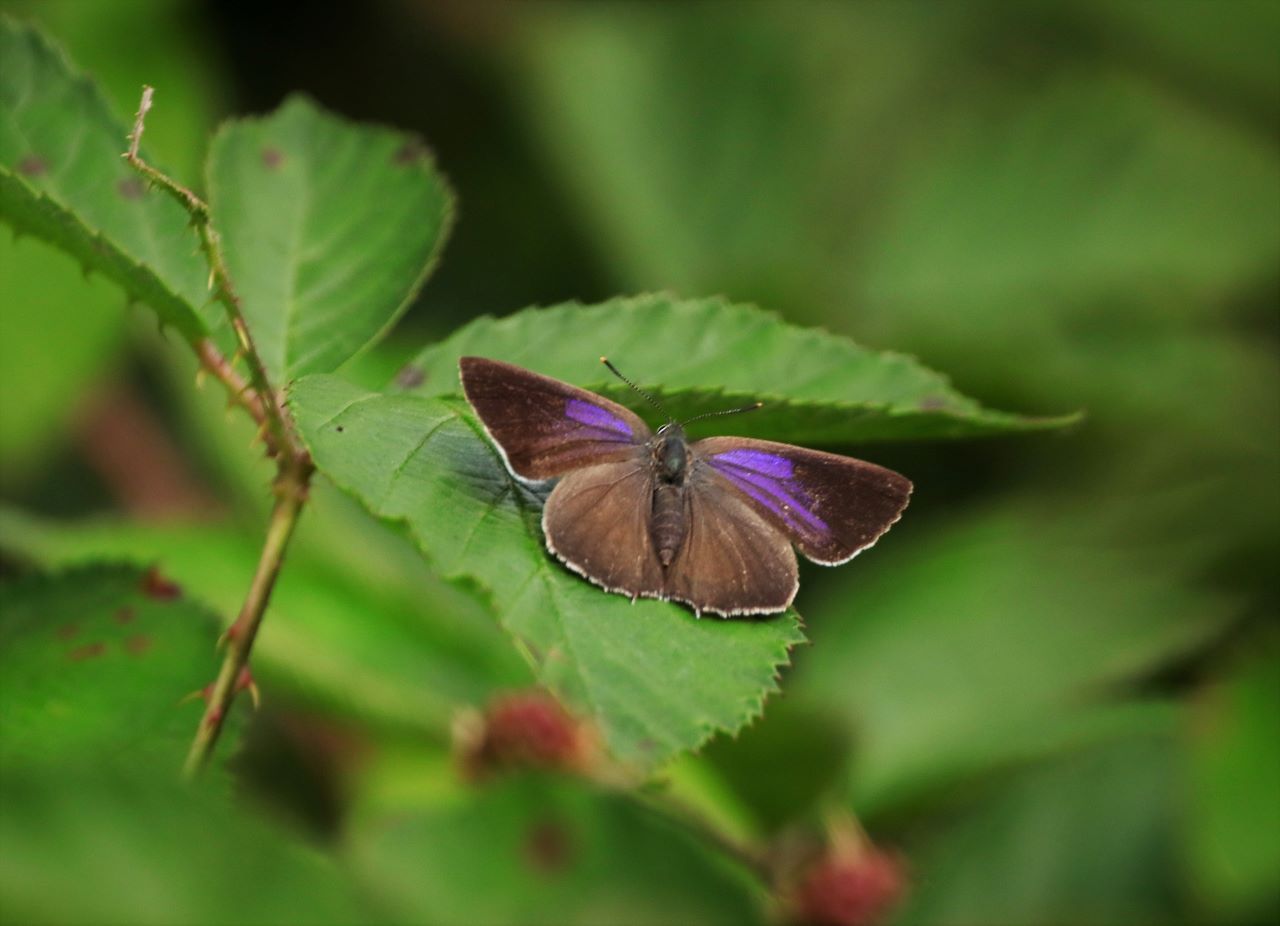 At Britten’s Pond purple hairstreak butterflies continued to be viewed about the oak trees. Some now having dispersed to various other locations around the pond.
At Britten’s Pond purple hairstreak butterflies continued to be viewed about the oak trees. Some now having dispersed to various other locations around the pond.
Across the pond, on occasions, swallows hawked over the water, visiting in small groups and skimming the surface for a drink.
Sightings of a kingfisher continued to increase, although mostly challenging to photograph as it flew low over the water, dissolving beyond sight into the foliage of the trees that overhung the pond.
In excess of 50 greylag and Canada geese remained present, including a good number of their rapidly maturing goslings.
A grey heron continued to visit daily.
And moorhens continued to chase one another across the water.
On the heathlands a new generation of Dartford warblers had now evolved, mostly in the company of their parents.
And lively twittering of linnets, now with young were of music to the ears.
While a few silver-studded blue butterflies could still be found.
In the car park, a song thrush collected food, chancing its luck once again as it took flight across the busy Salt Box Road with a beak-full of food to feed its awaiting young.
A brief visit to Pewley Down on a pleasant and dry July 20 saw small blue butterflies now ‘out on the wing’ on their second brood of the year.
While several brown argus butterflies could also be found.
And a few common blues were now mating.
Chalkhill blue butterflies were also present, but not in such great number than I recalled seeing in recent years.
Surprisingly, an early first of the year for me, while walking the lower slopes. was a brown hairstreak butterfly.
They can usually be found on blackthorn later in the year egg laying, although not that easy, even then.
This one was making the most of the nectar from the abundant wild flowers on display.
In addition to the regular bird sightings there was a sparrowhawk circling overhead.
Moving on to Clandon Wood Burial Ground, with sunny spells during the afternoon, as on my visit to Pewley Down earlier in the day, a few marbled whites were still present.
An abundance of day-time flying burnet moths had also just emerged.
As well as catching photos of the more common species of commas and red admirals.
And a common blue alongside a peacock butterfly.
A few skylarks, still occasionally in song, attracted me to one seen overhead.
While the constant sounds of a juvenile common buzzard drew my attention to a large oak tree just beyond the burial ground.
Closer inspection saw two in fact, a little later that afternoon, perched up and still in another part of the same tree.
Meanwhile, their parents could be viewed circling at some distance, apparently completely ignoring their concerns.
A few pheasants, probably originally released at the nearby Clandon Park estate, were finding the burial grounds a peaceful retreat, and a safer place to stay.
At Tice’s Meadow, near Farnham, a number of post-breeding waders were now being sighted as they began to make their journey southward.During my visits there during the last weeks of the month, the various species sighted included…
A wood sandpiper, although too distant to photo.
Several green sandpipers.
A juvenile little ringed plover showed up in front of ‘Horton’s’ viewing mound.
And a group of a dozen or so lapwings flew up and circled briefly from their grazing area across the meadow.
On one occasion a peregrine showed up, and circled over the mound.
House martins and swallows could be viewed feeding over the water.
While a few swifts were already stopping off to feed as they travelled through.
A fox made a brief appearance, soon realising it was being observed. Then slinking away, back into the reedbeds.
At the other end of the reserve the water levels were still too high for viewing from the waterside hide.
But a neatly cut gap in the sallows allowed me a few photos of a common tern and chick on the sand martin hide.
On July 21, I visited Thursley Common and was grateful to find and photo my first grayling butterflies of the year.
Having recalled reading that the males often perch on the barks of trees awaiting a female to pass, I instantly recognised one as it did so.
Along the sandy pathways of the heathland lots of small holes in the ground could be noted, a few with the occasional tiny head poking out. These of course are of a species of solitary wasp known as the European bee-wolf.
https://www.wildlifetrusts.org/wildlife-explorer/invertebrates/bees-and-wasps/bee-wolf
They are a predatory species that live on lowland heathlands, with the females digging hole in the substrate to lay their eggs.
Another species of solitary wasp I found was a red banded sand wasp. https://www.naturespot.org.uk/species/red-banded-sand-wasp
At all the sites I visited during the last weeks of July, gatekeeper butterflies appeared to be plentiful.
While small copper butterflies were more abundant than I can recall having seen in recent years.
And holly blue butterflies seemed to be also having a good second brood.
Elsewhere I spent a while checking up on one of several red kites that have now made west Surrey their home. Perhaps an article for a future report? Maybe a sequel to the one I wrote last year?
https://guildford-dragon.com/birdwatchers-diary-no-261-close-encounters-of-the-red-kite-kind/ )
Although the red kites at this site raised just one chick this year, by now it was looking almost ready to fledge.
While taking a few photos, the deep guttural sounds of a raven could be heard, not far away and just beyond the woodland.
At first I chose to ignore its call but eventually the temptation got too great. Following the sound of its constant ‘cronking’ and quite expecting it to take flight before I got the chance to set sight on it, I was pleasantly surprised to find it still perched atop of tall pine and still very vocal.
Always of a concern to me is when my daughter arrives home with a cardboard box. Especially as on this occasion and hearing a response from my wife: “I told you! No more indoor pets!”
All of us, at heart, being lovers of animals, sheepishly I felt I ought to investigate and perhaps diplomatically defend her corner.
On this occasion, with the help of some passers by, she had rescued a feral pigeon she had spotted stressed and drowning in the River Wey, during her walk to town.
A brief assessment saw that apart from its feathers being totally waterlogged, hence unable to fly, it seemed to be quite a healthy bird.
Indeed, it wasn’t too long before it was greedily consuming the seed we had provided for it.
The following day, having entirely dried out, it had returned to its spirited state of mind. Eager to be released, we allowed it its wish. And having spent a brief spell on our garden hedge regaining its bearings, it was once again free flying.
Conveyor belts of low pressure systems swept across the country during the latter days of the month. It did, however, allow a brief window of opportunity of a dry spell on July 26 for Bob and I to visit Bookham Common. This in the hope of finding Bob a brown hairstreak butterfly to add to his year’s tally.
Once again, as at other locations recently visited, gatekeeper butterflies were abundant, with some now mating.
A silver-washed fritillary butterfly also made a brief appearance.
Even getting another photo of a purple hairstreak.
As on so many occasions when having pretty much given up the quest of finding our ‘target’ species and returning to the car park, one showed up.
This one was nectaring on the now flowering water mint growing beside the path, along with several other species of butterfly.
From past experience, it seems to be one of their favoured go-to plants copiously growing in the area.
Responses to Birdwatcher’s Diary No.284
Leave a Comment Cancel replyPlease see our comments policy. All comments are moderated and may take time to appear.
Recent Articles
- Guildford Institute’s Crowdfunding Project for Accessible Toilet in its New Community and Wellbeing Centre
- Letter: Guildford – Another Opportunity Missed?
- Letter: GBC’s Corporate Strategy – Where Is the Ambition?
- My Memories of John Mayall at a Ground-breaking Gig in Guildford Nearly Six Decades Ago
- Westborough HMO Plans ‘Losing the Heart of the Street’ Says Resident
- College Invests to Boost Surrey’s Economy and Close Digital Skills Gap
- Community Lottery Brings Big Wins for Local Charities
- GBC Housing Plan Promises ‘A Vibrant Urban Neighbourhood’ Near Town Centre
- Hospital Pillows ‘Shortage’ at the Royal Surrey
- Updated: Caravans Set Up Camp at Ash Manor School


Recent Comments
- Ian Macpherson on Updated: Main Guildford to Godalming Road Closed Until August 1
- Sara Tokunaga on GBC Housing Plan Promises ‘A Vibrant Urban Neighbourhood’ Near Town Centre
- Michael Courtnage on Daily Mail Online Reports Guildford Has Highest-paid Council Officer
- Alan Judge on GBC Housing Plan Promises ‘A Vibrant Urban Neighbourhood’ Near Town Centre
- John Perkins on GBC Housing Plan Promises ‘A Vibrant Urban Neighbourhood’ Near Town Centre
- S Collins on GBC Housing Plan Promises ‘A Vibrant Urban Neighbourhood’ Near Town Centre
Search in Site
Media Gallery
Dragon Interview: Local Artist Leaves Her Mark At One of England’s Most Historic Buildings
January 21, 2023 / No Comment / Read MoreDragon Interview: Lib Dem Planning Chair: ‘Current Policy Doesn’t Work for Local People’
January 19, 2023 / No Comment / Read MoreA3 Tunnel in Guildford ‘Necessary’ for New Homes, Says Guildford’s MP
January 10, 2023 / No Comment / Read More‘Madness’ for London Road Scheme to Go Ahead Against ‘Huge Opposition’, Says SCC Leader
January 6, 2023 / No Comment / Read MoreCouncillor’s Son Starts Campaign for More Consultation on North Street Plan
December 30, 2022 / No Comment / Read MoreCounty Council Climbs Down Over London Road Works – Further ‘Engagement’ Period Announced
December 14, 2022 / No Comment / Read MoreDragon Interview: GBC Reaction to the Government’s Expected Decision to Relax Housing Targets
December 7, 2022 / No Comment / Read MoreHow Can Our Town Centre Businesses Recover? Watch the Shop Front Debate
May 18, 2020 / No Comment / Read More



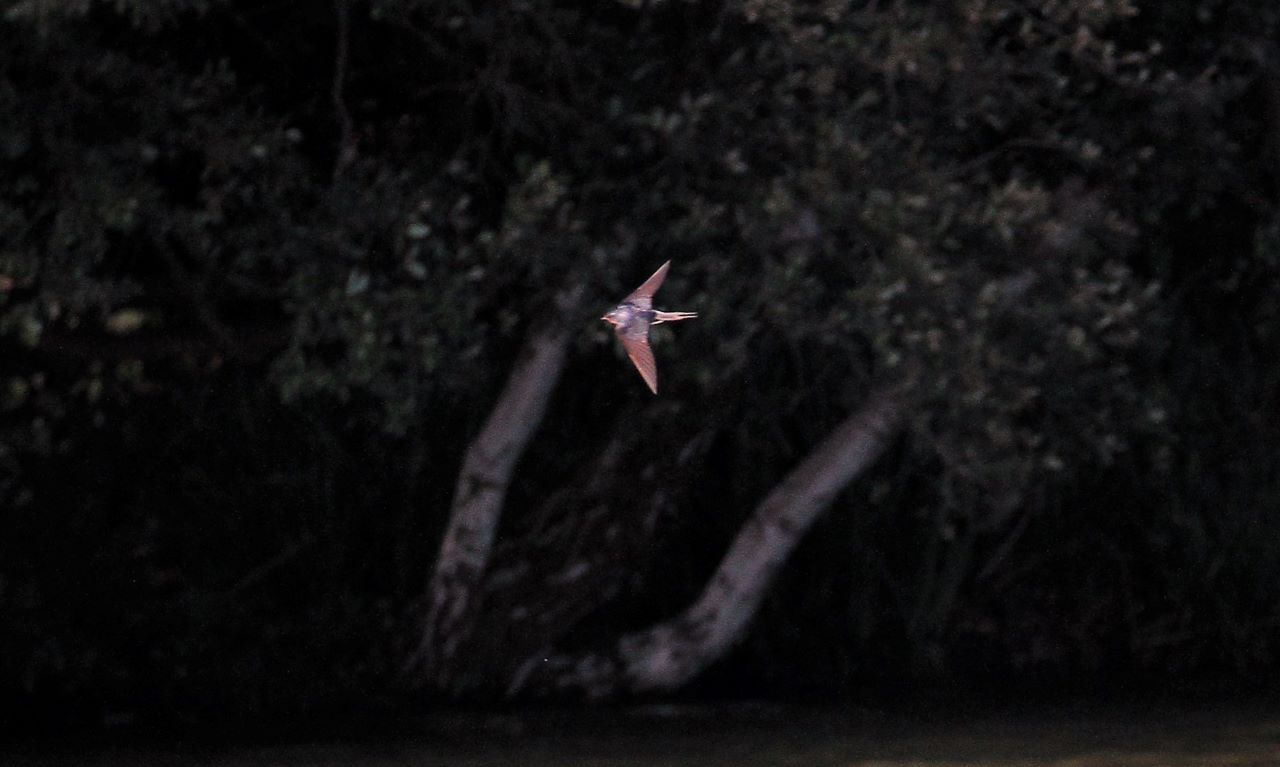
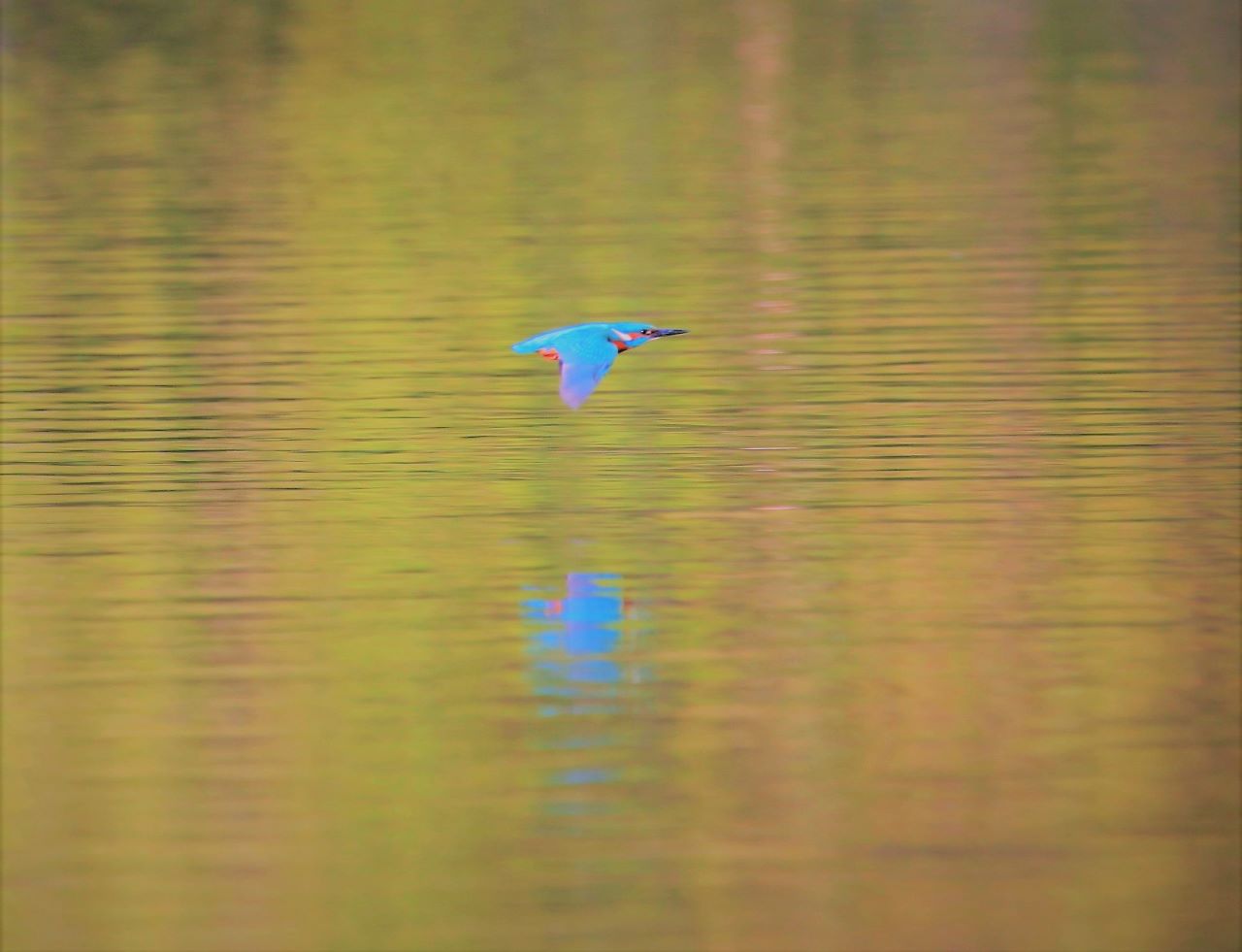
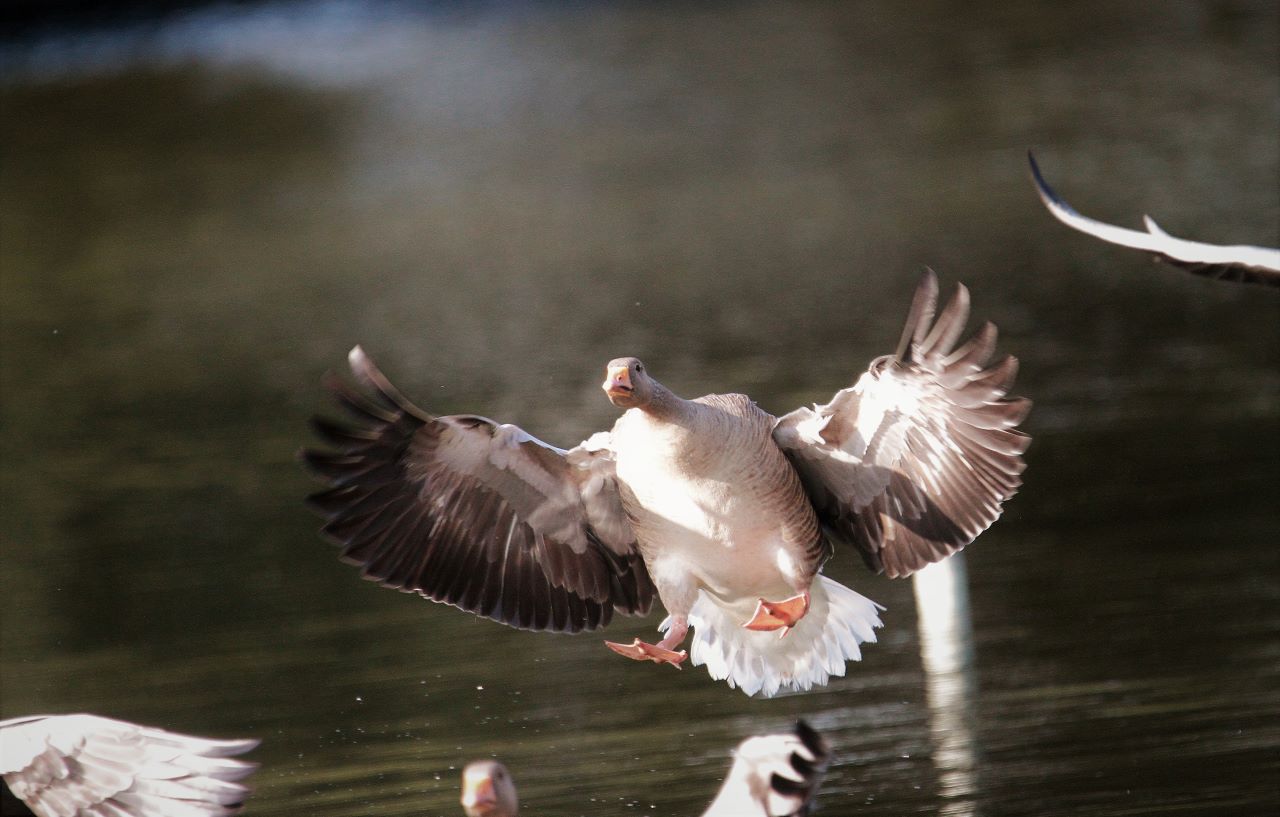
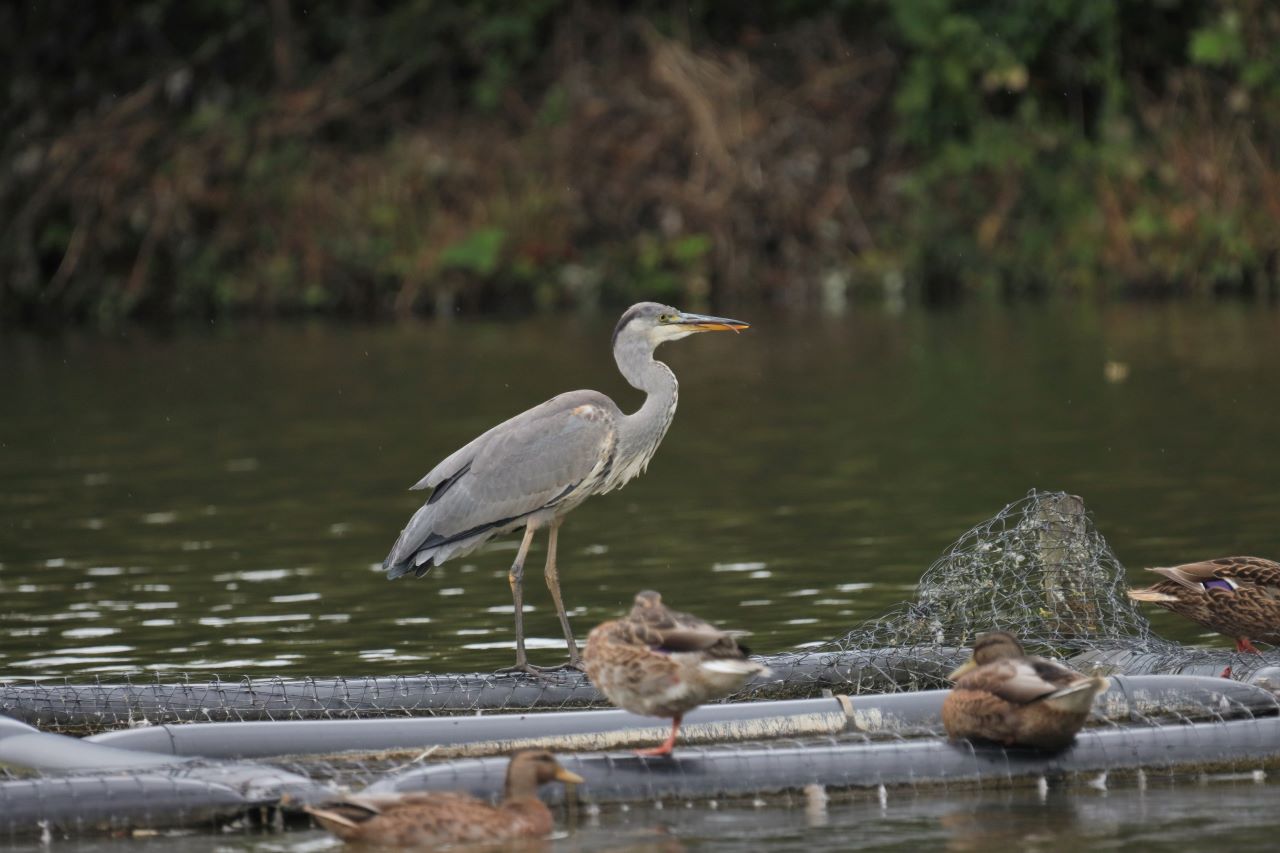
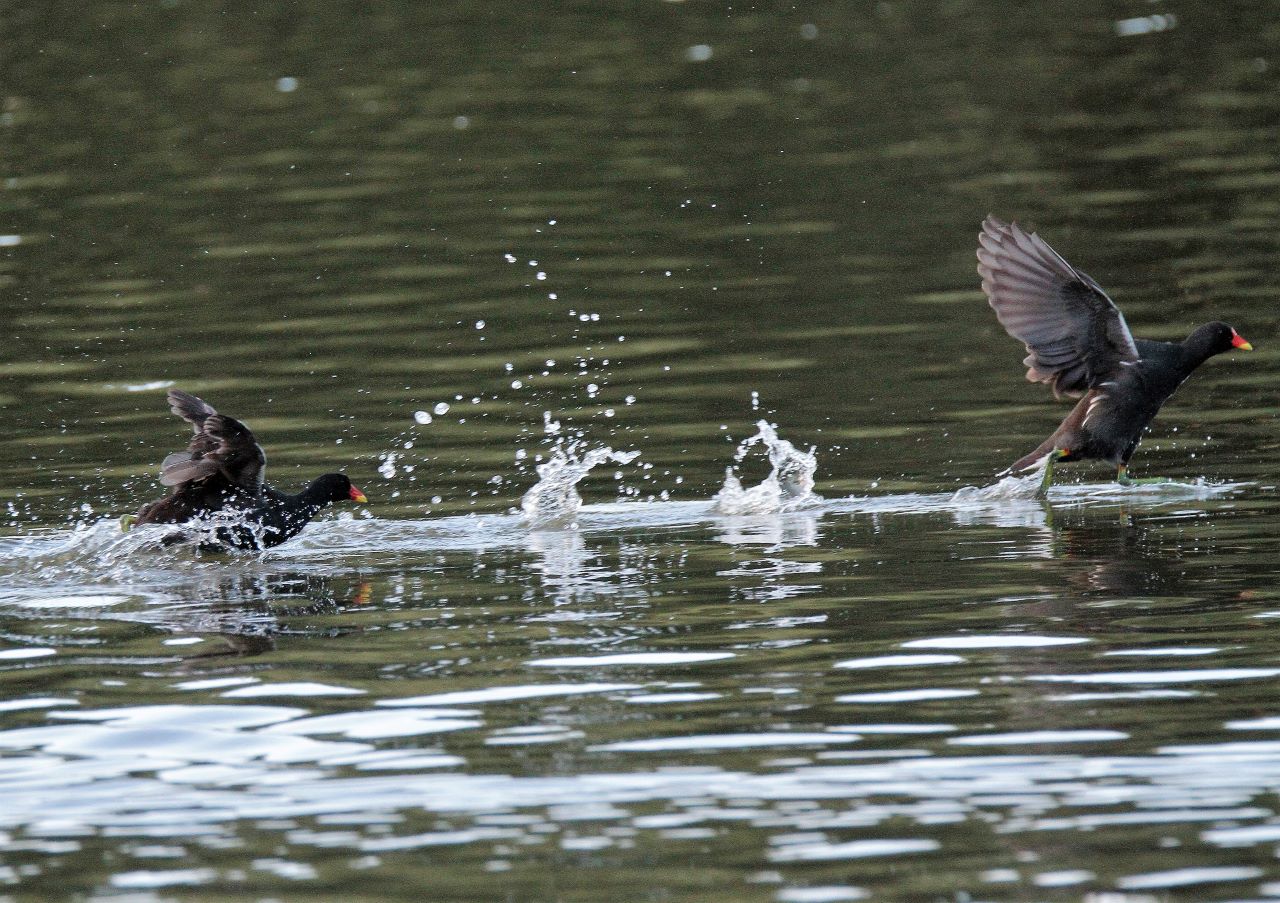
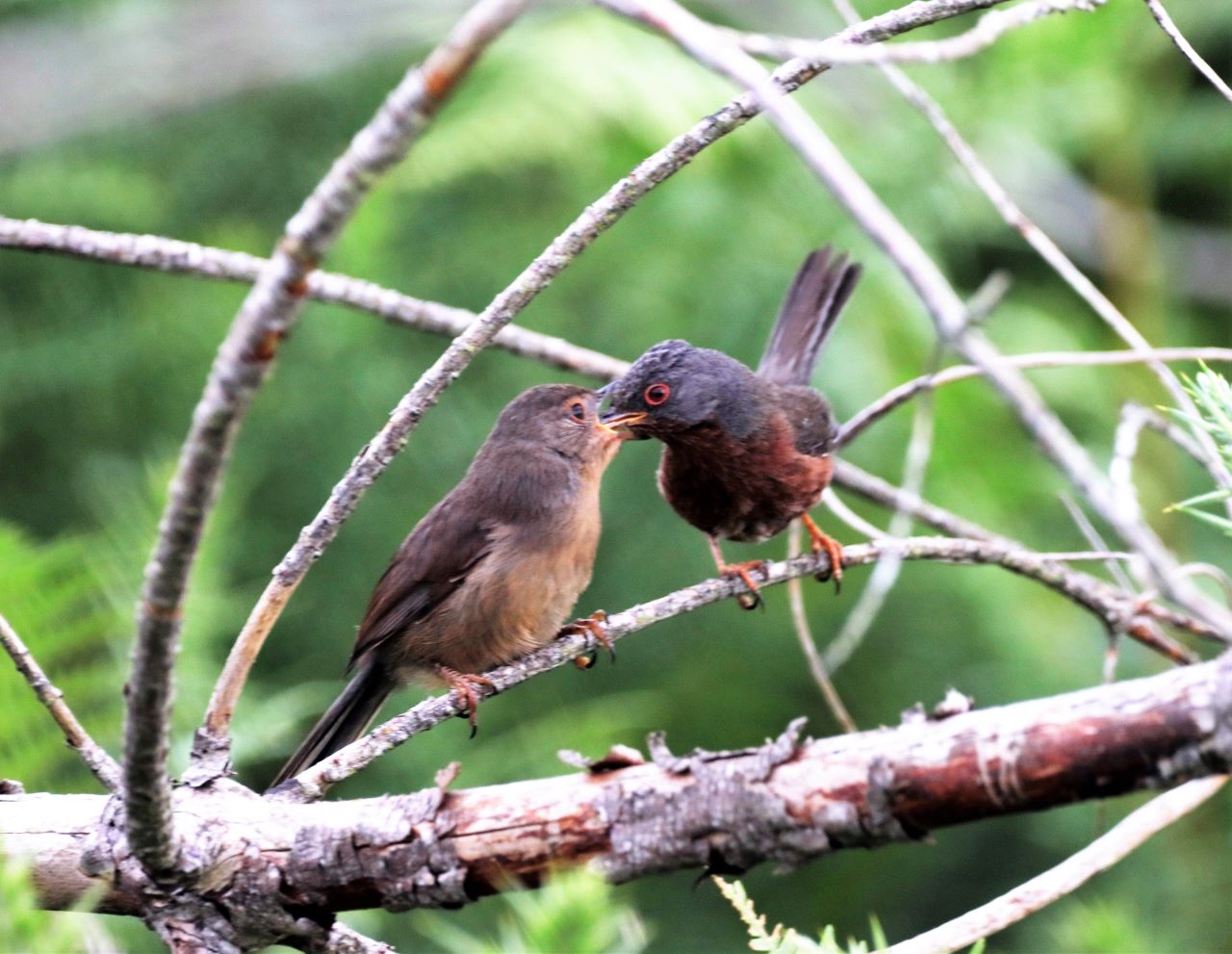

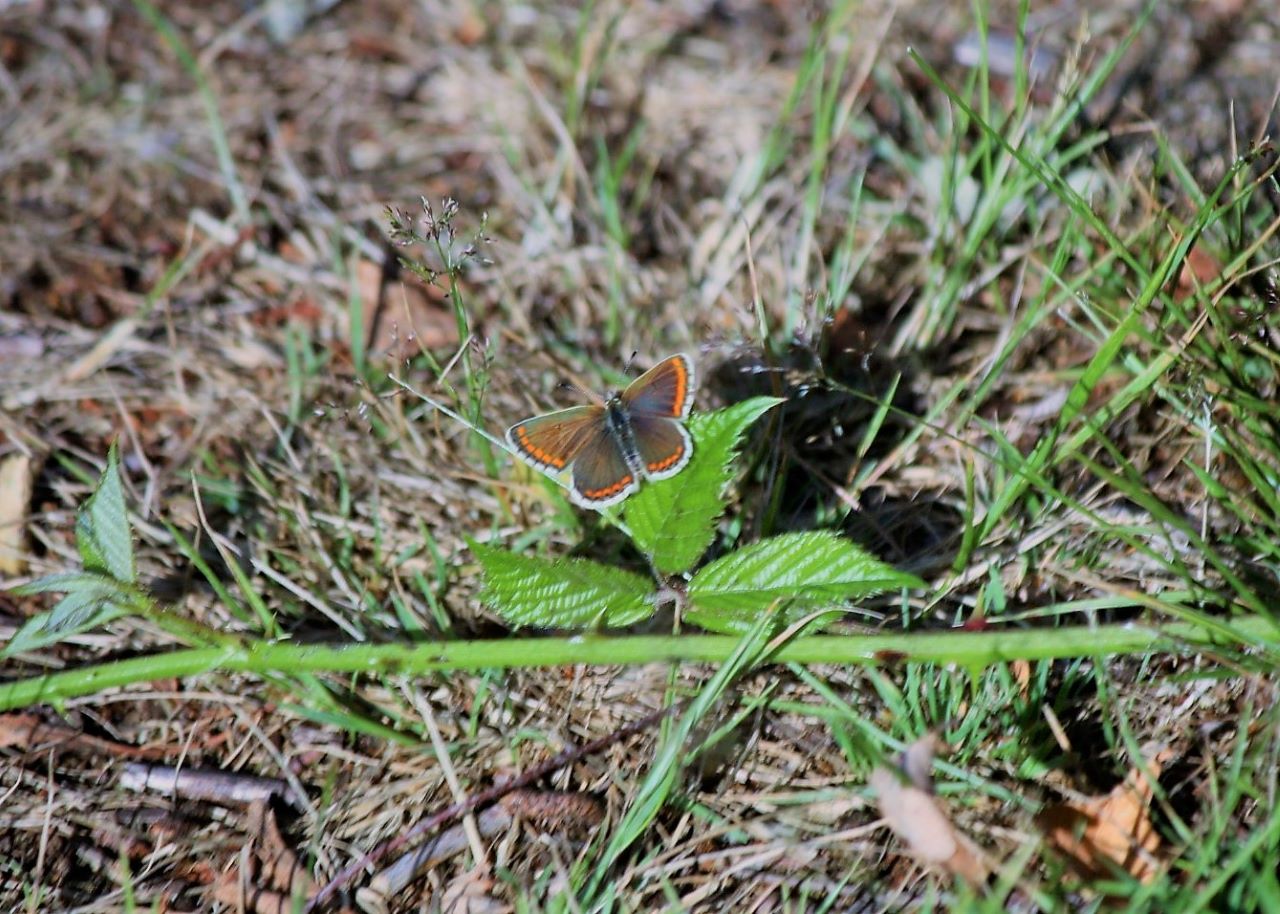
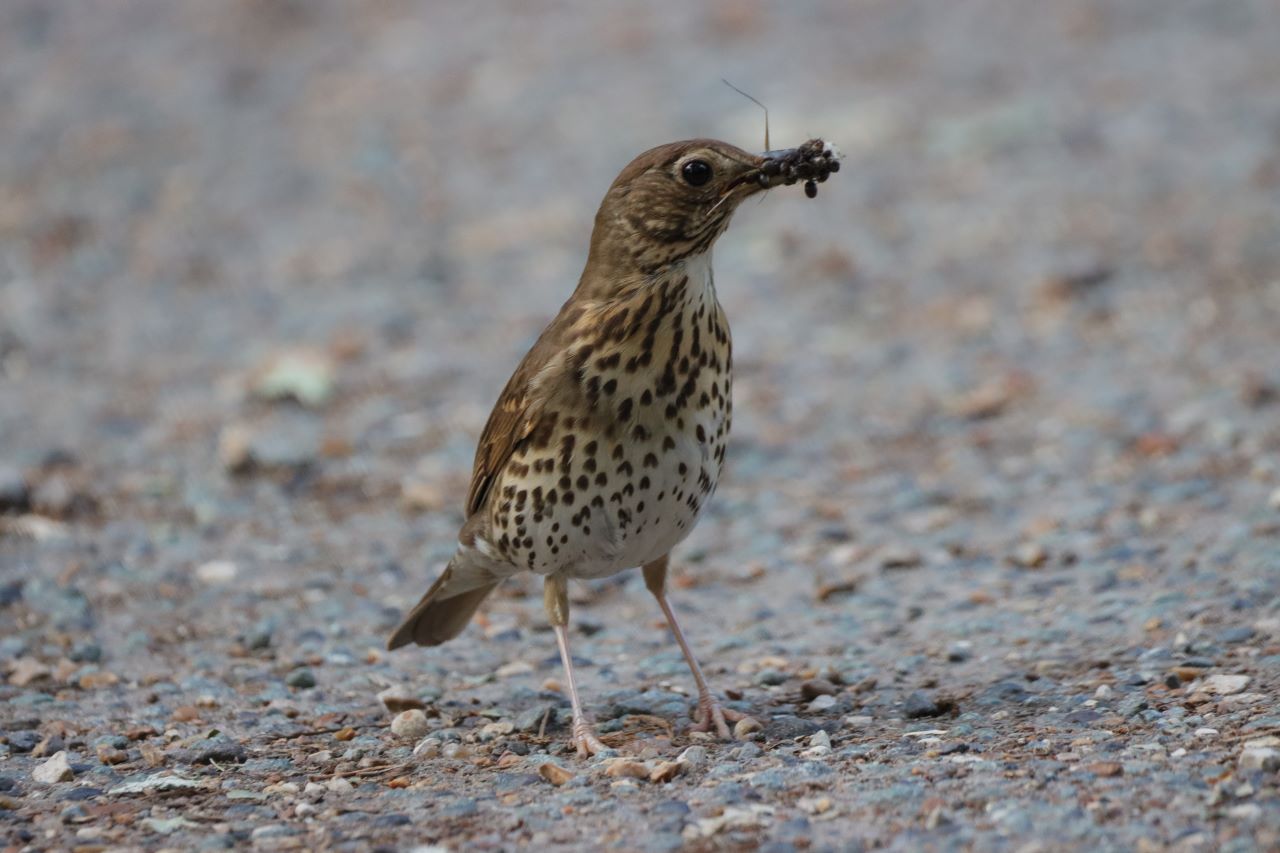
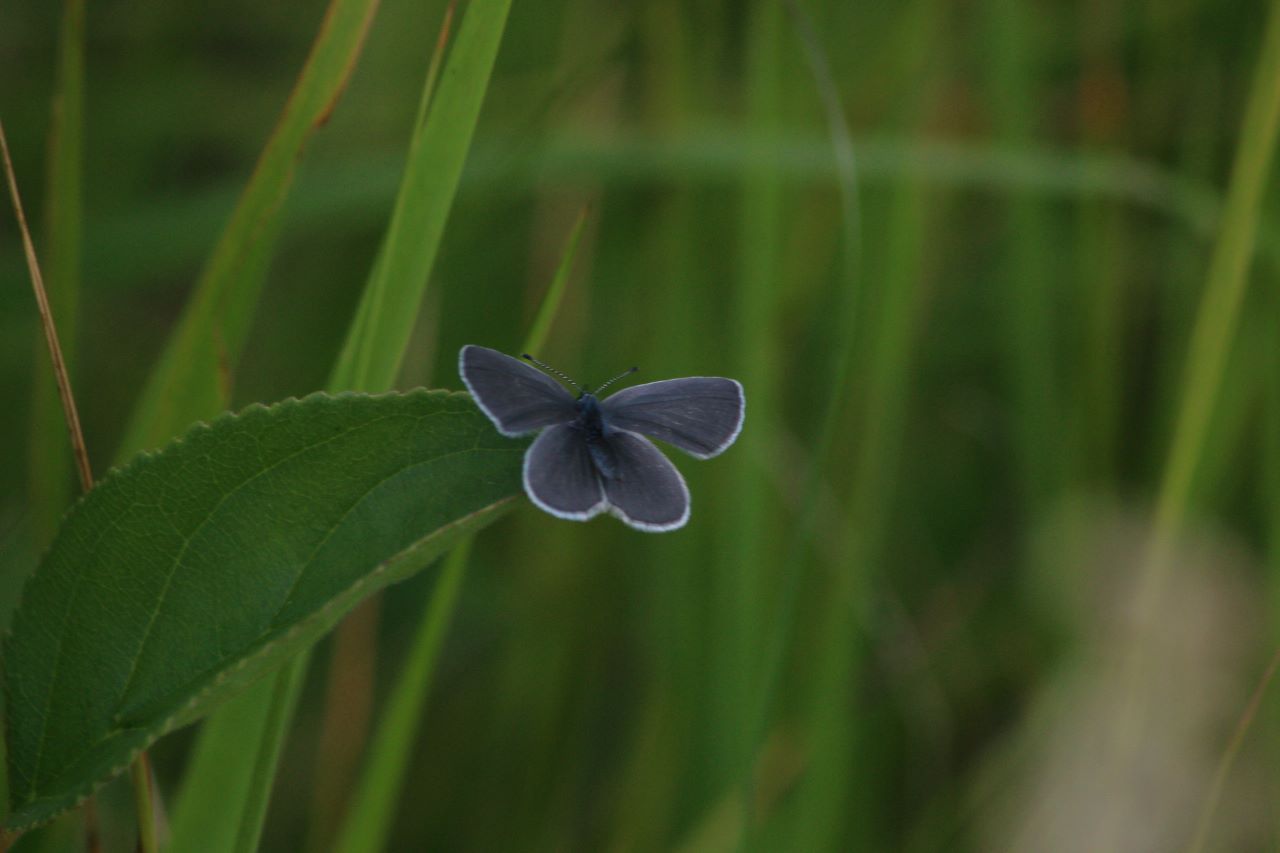



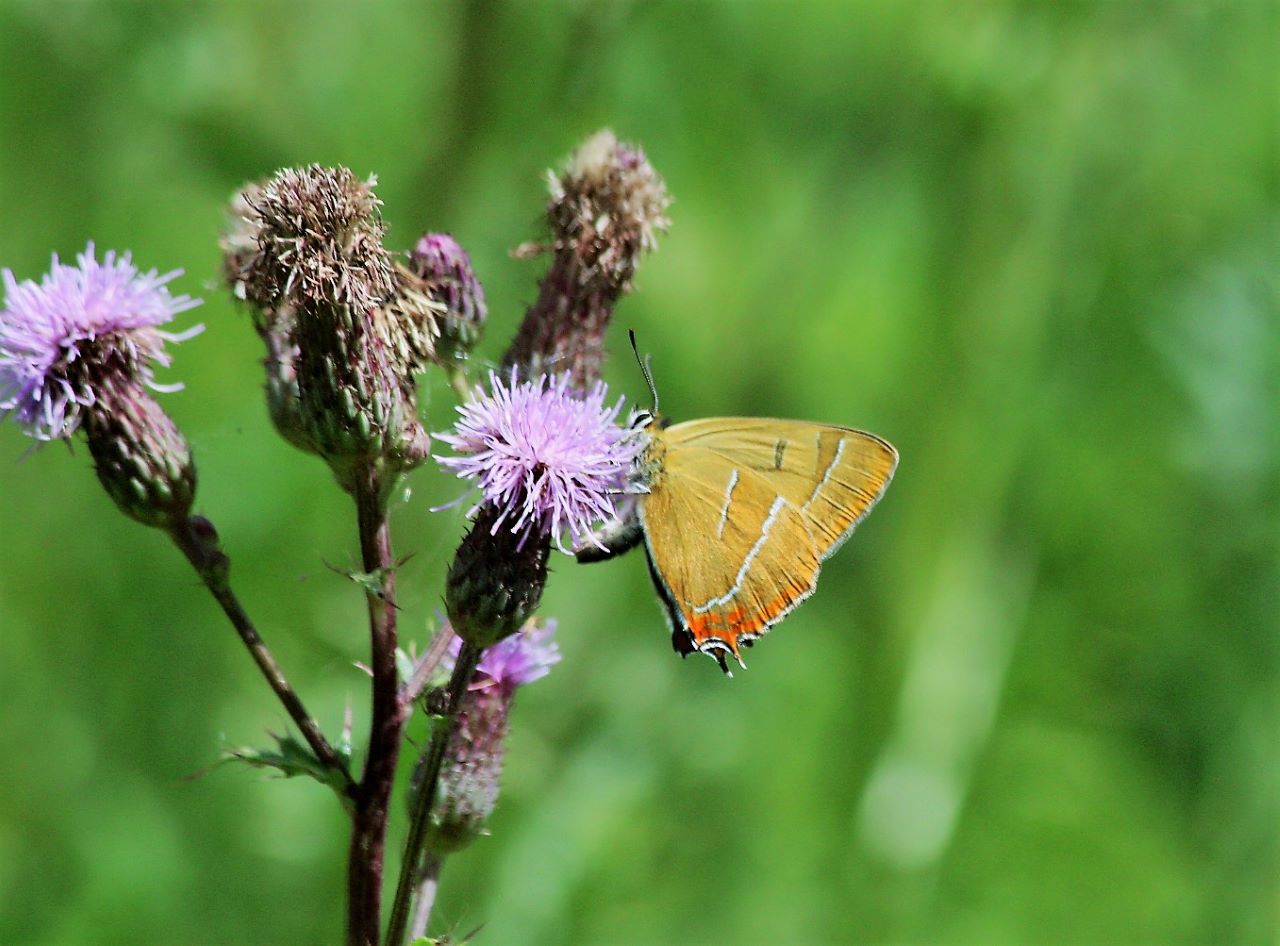
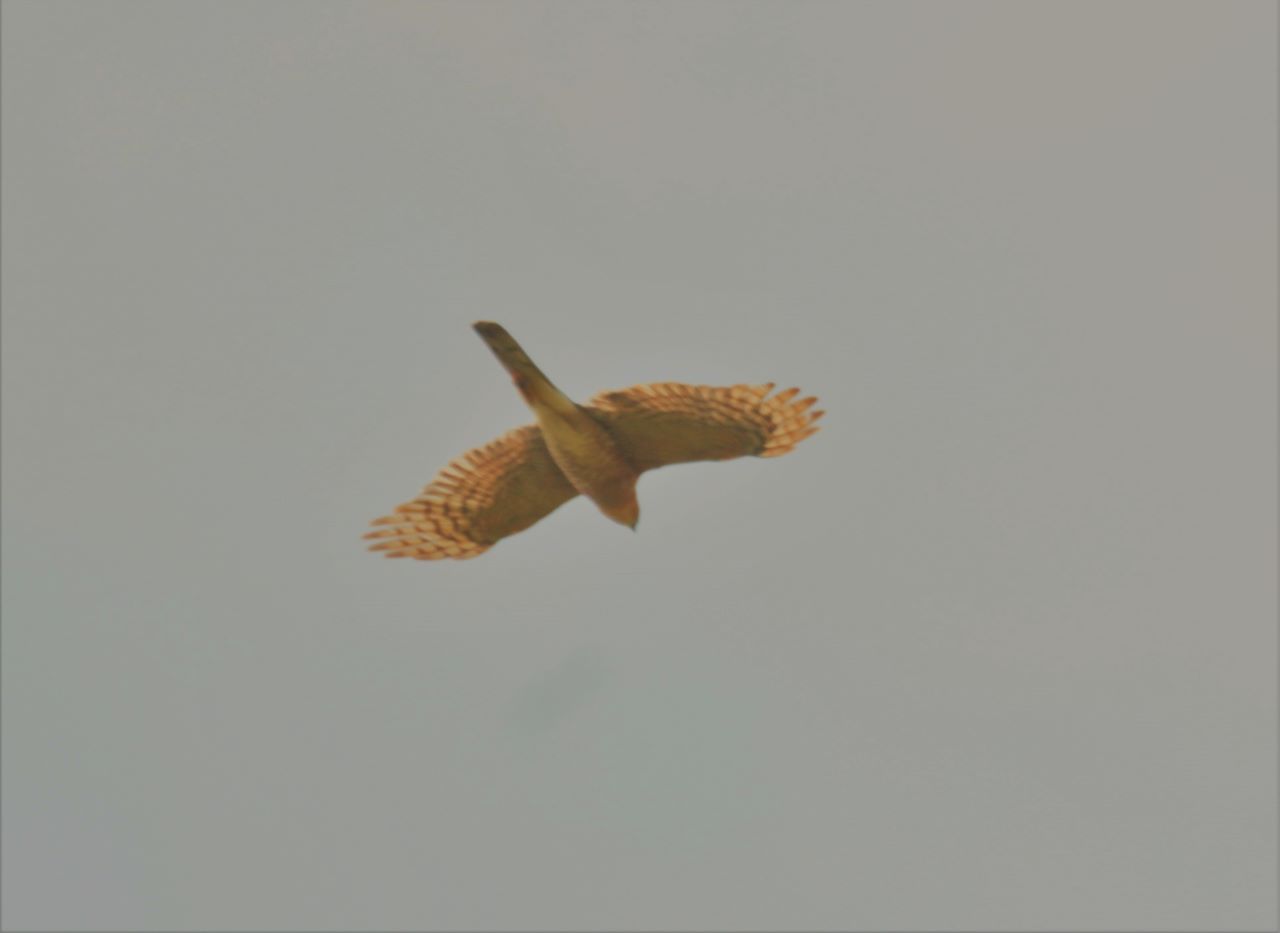

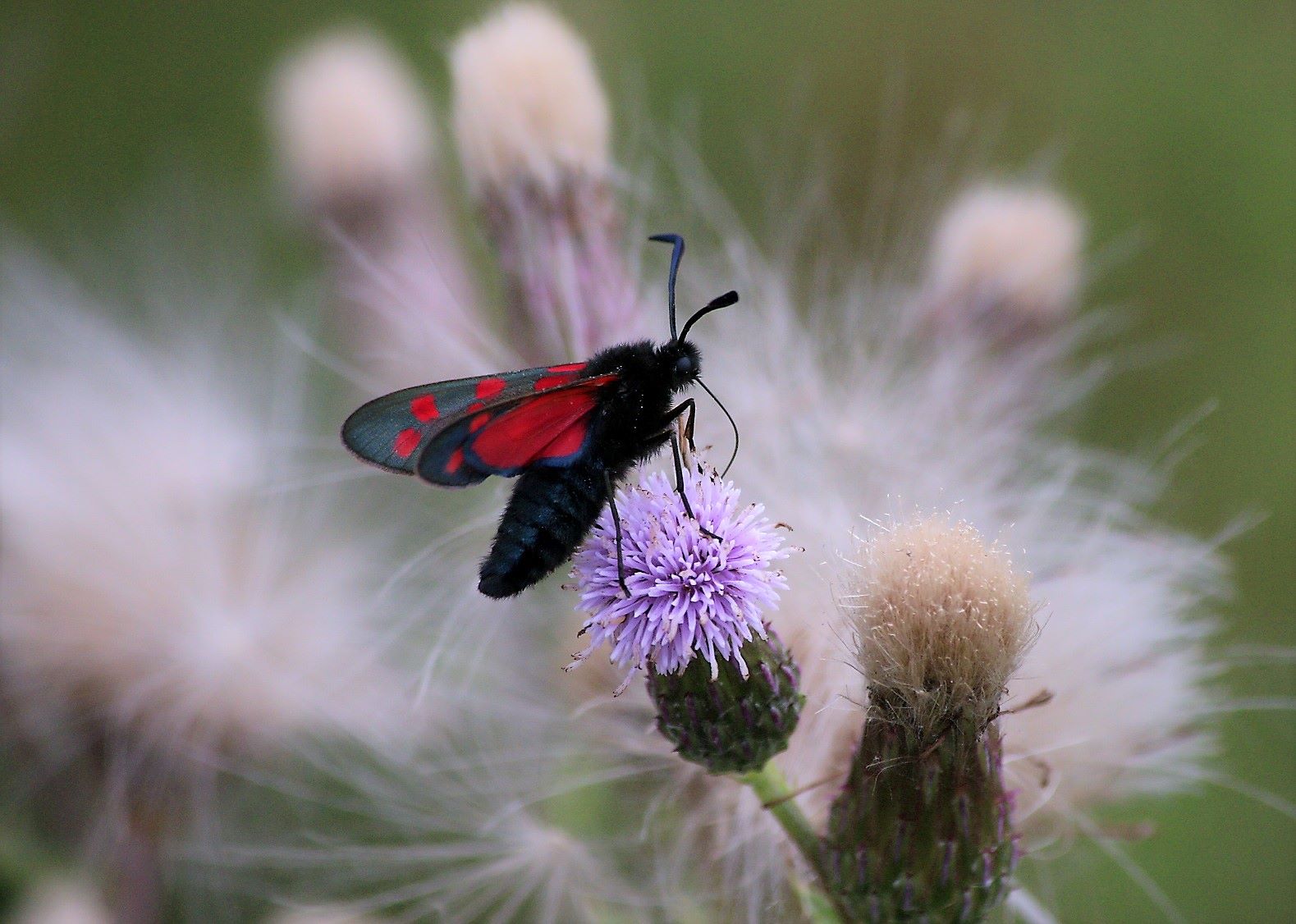
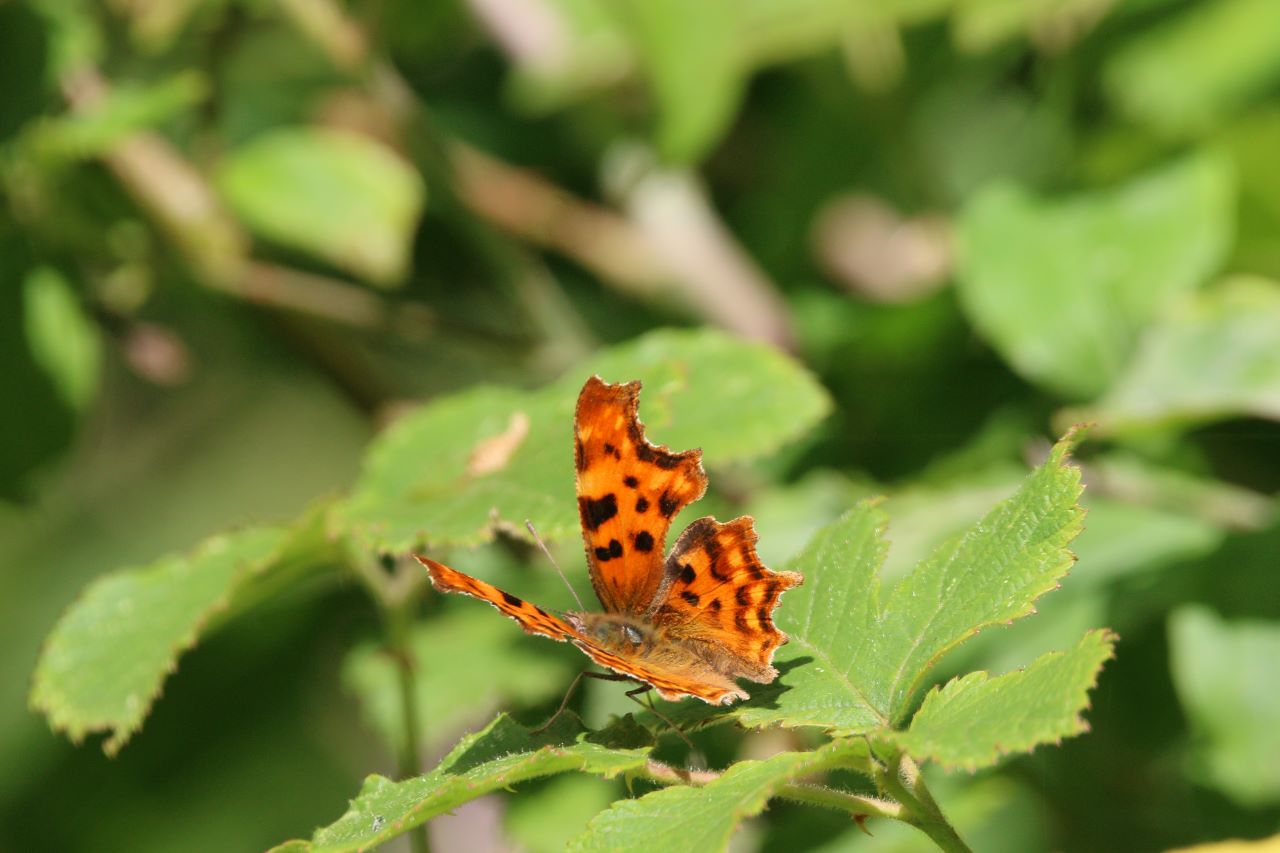
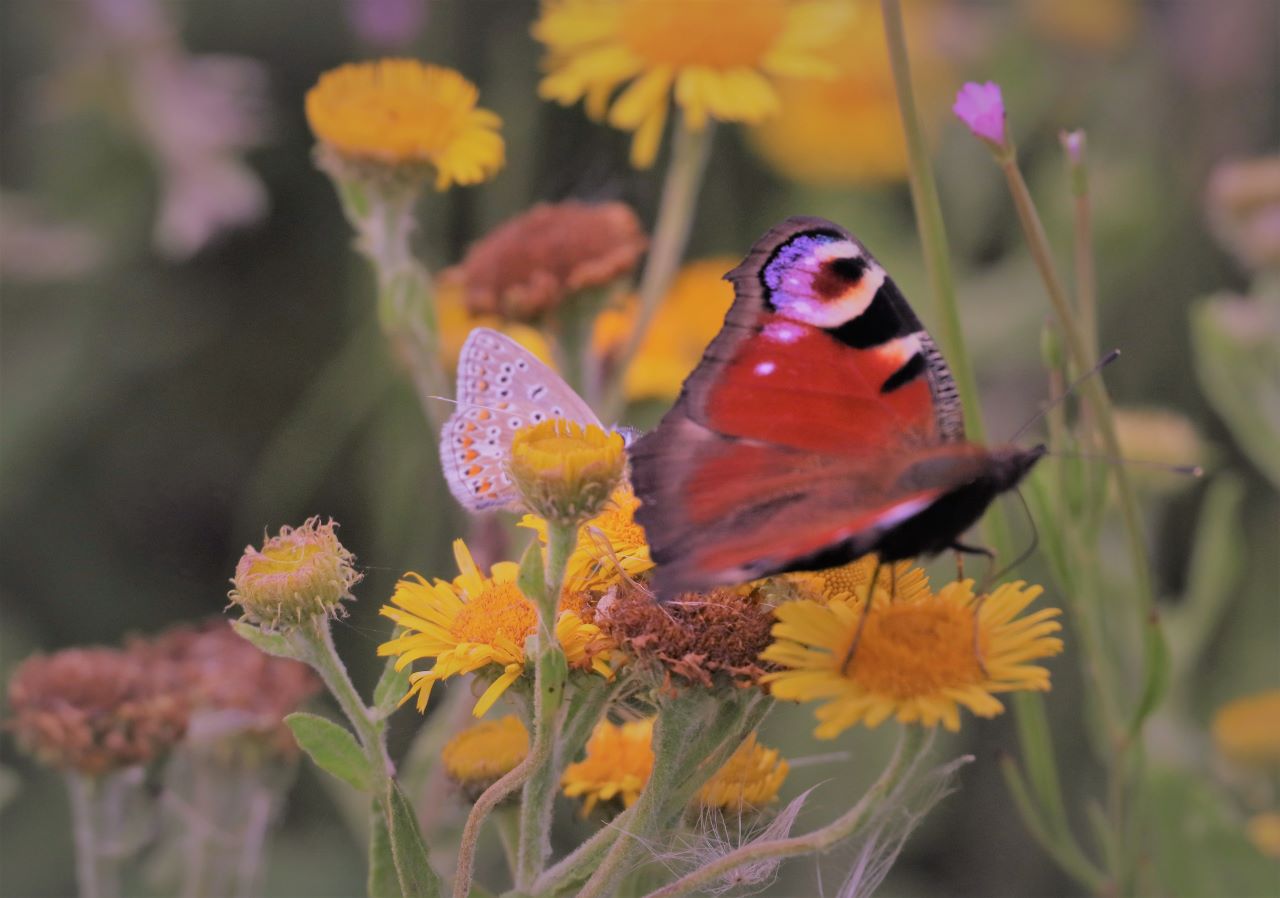
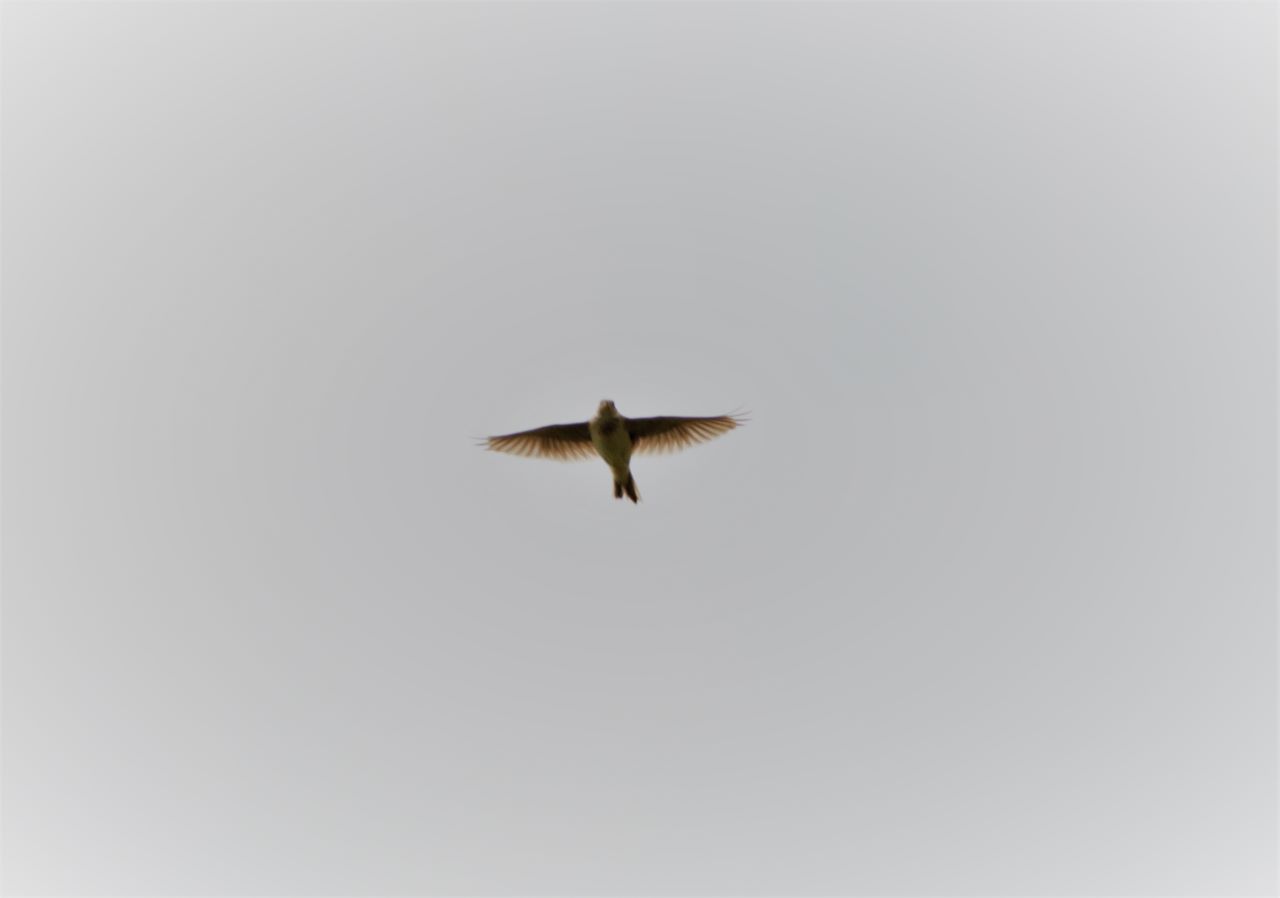
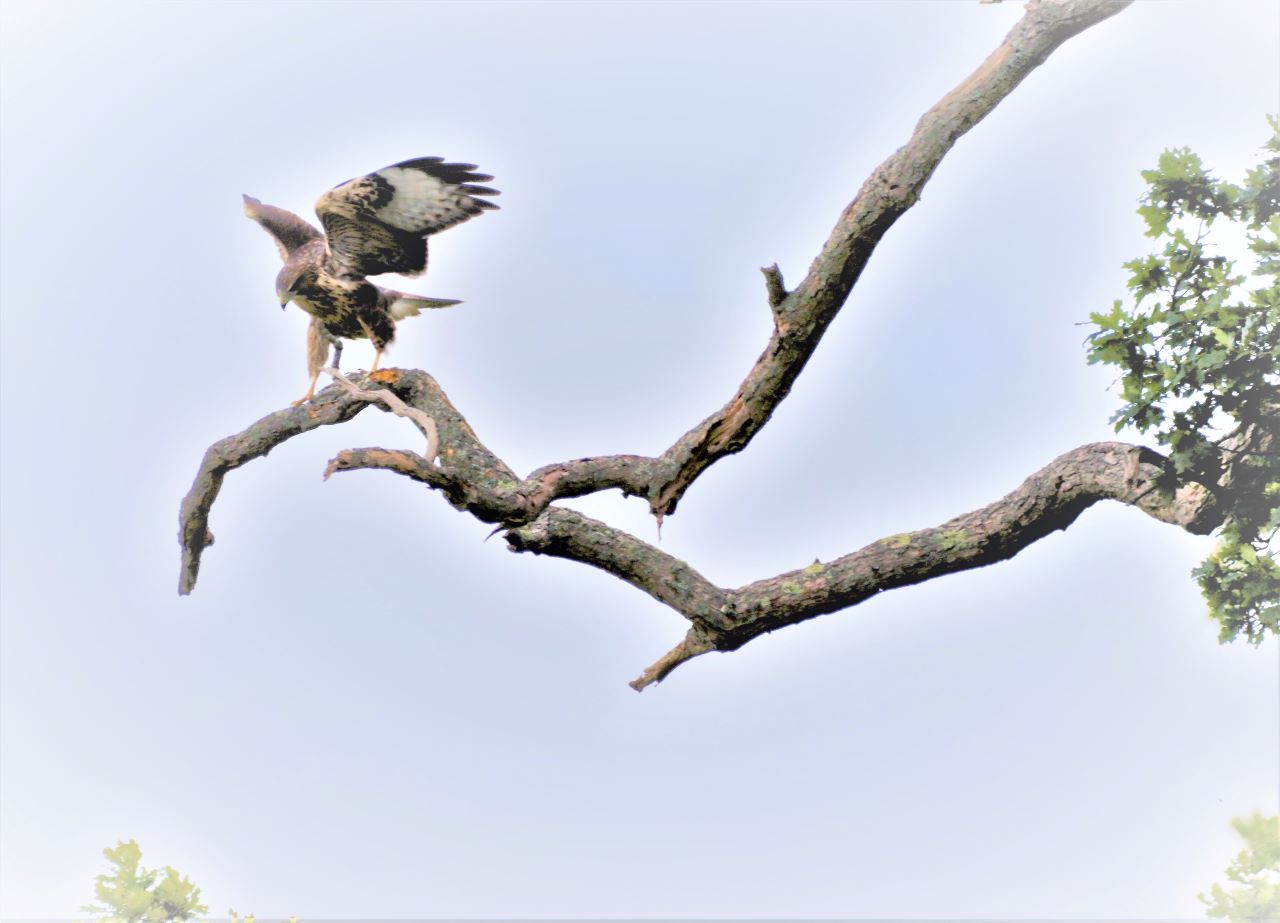
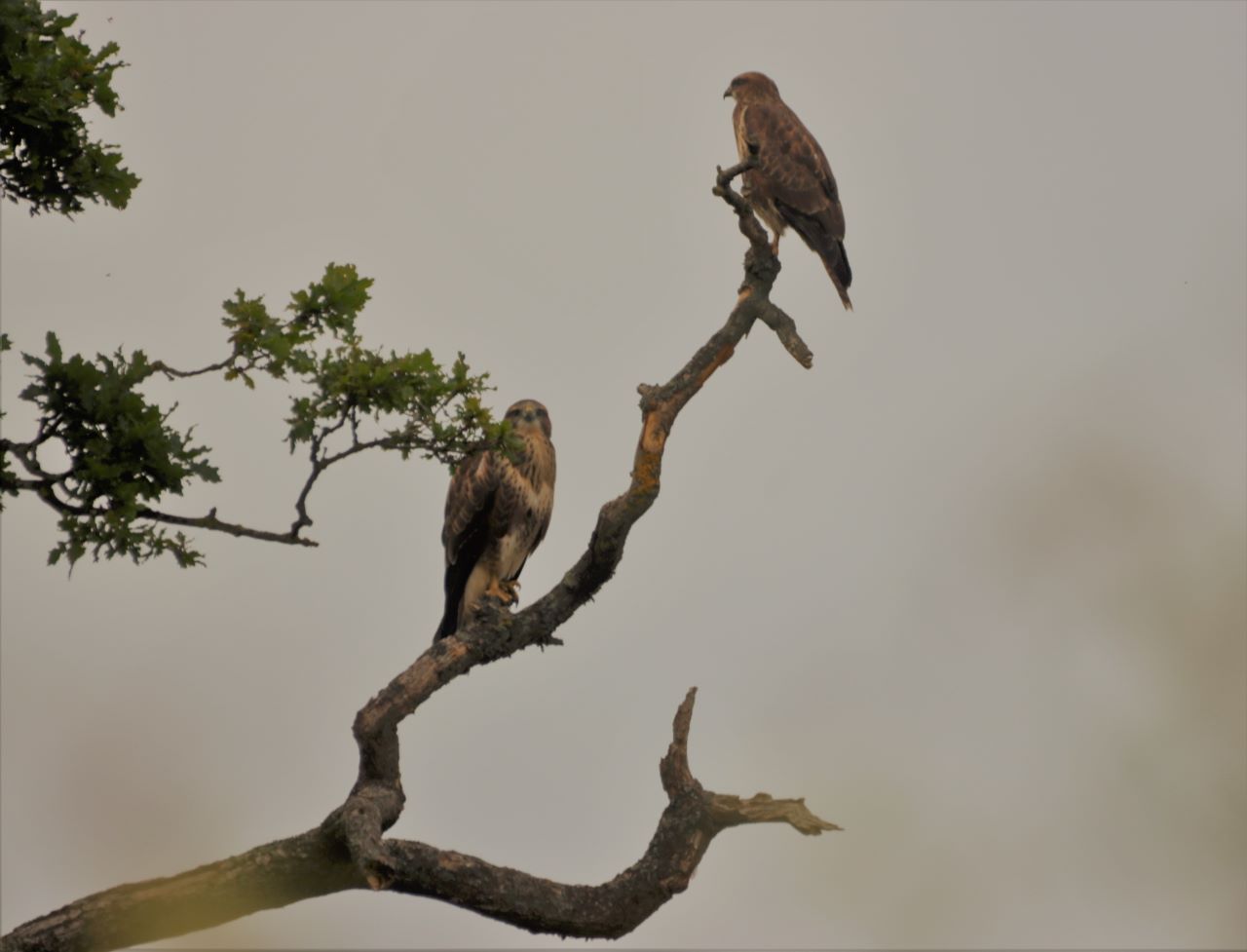
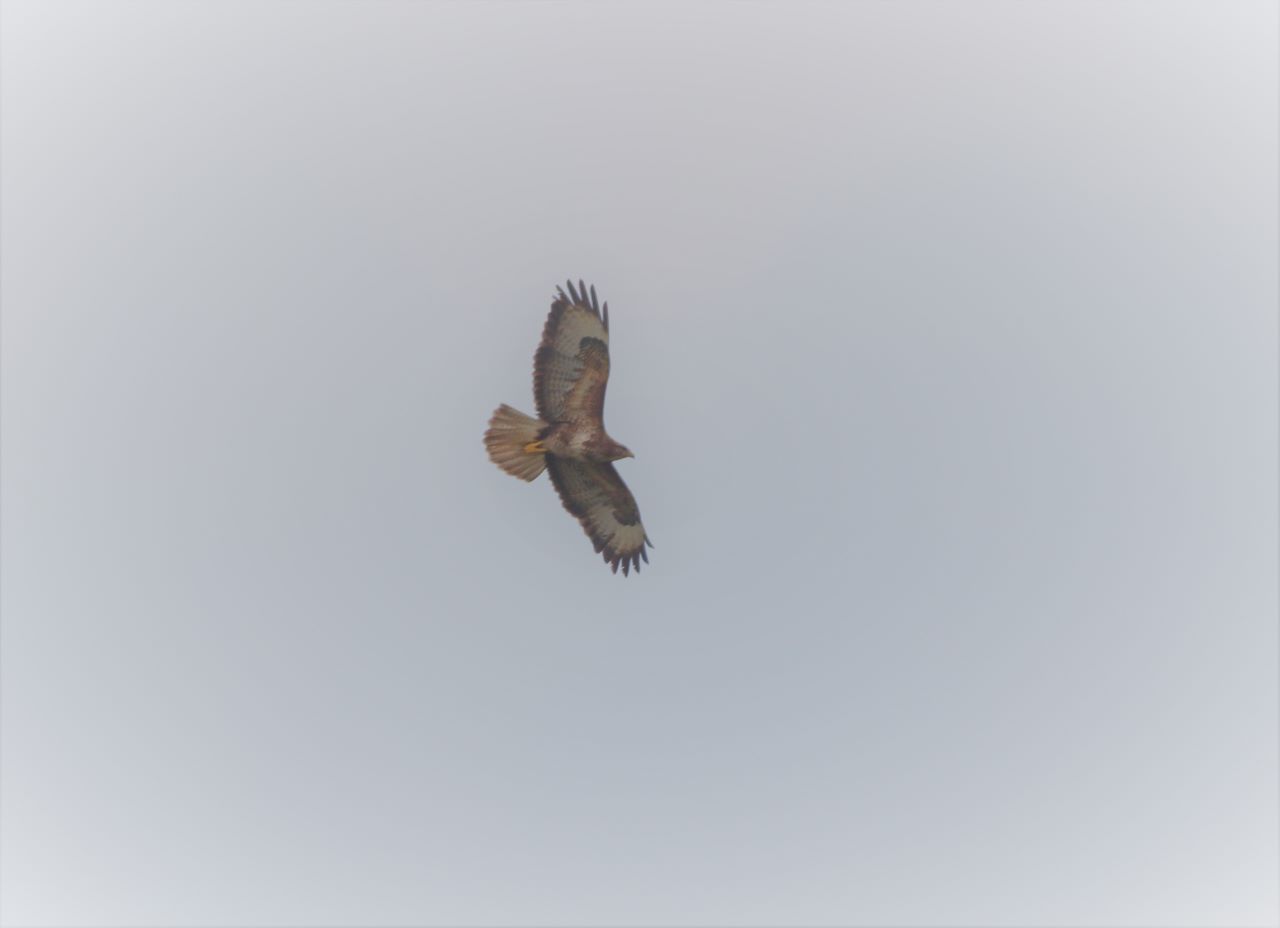
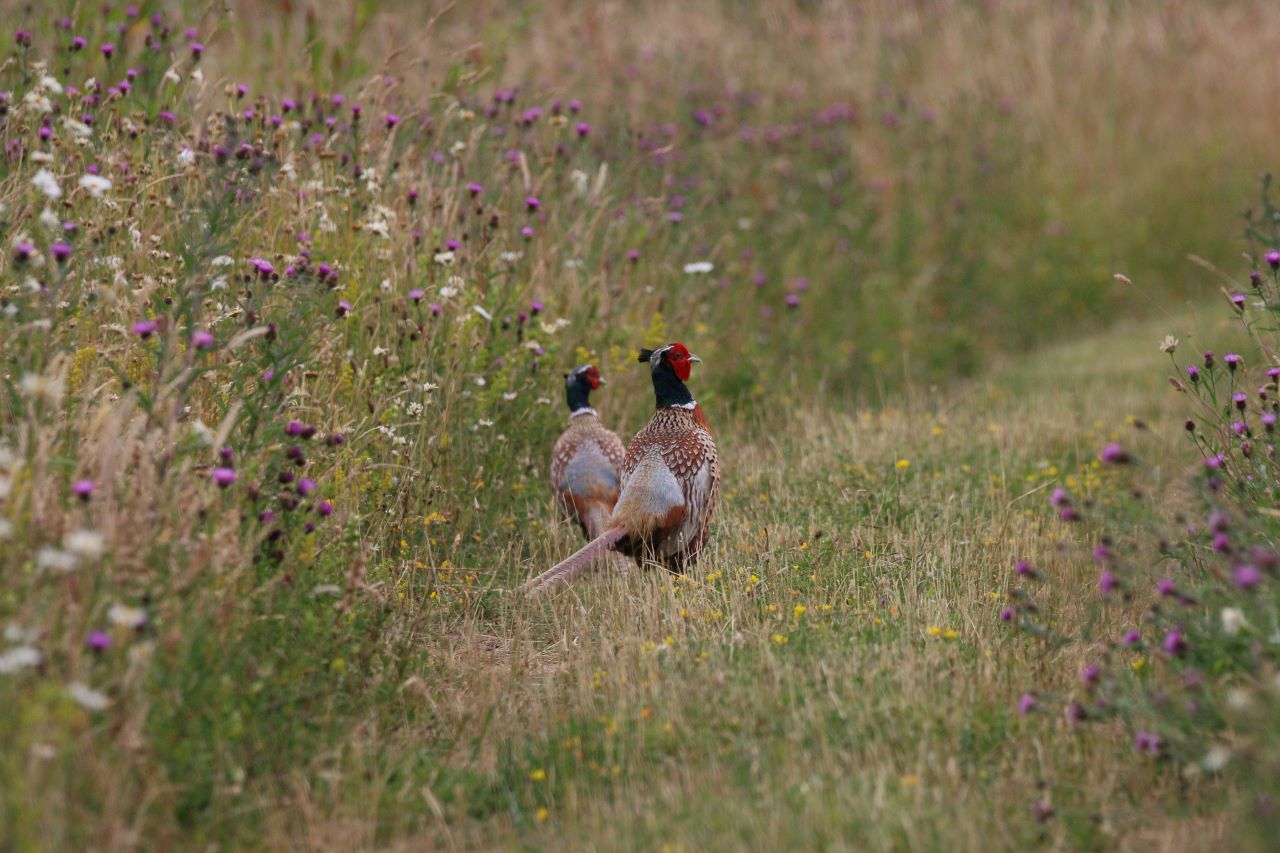
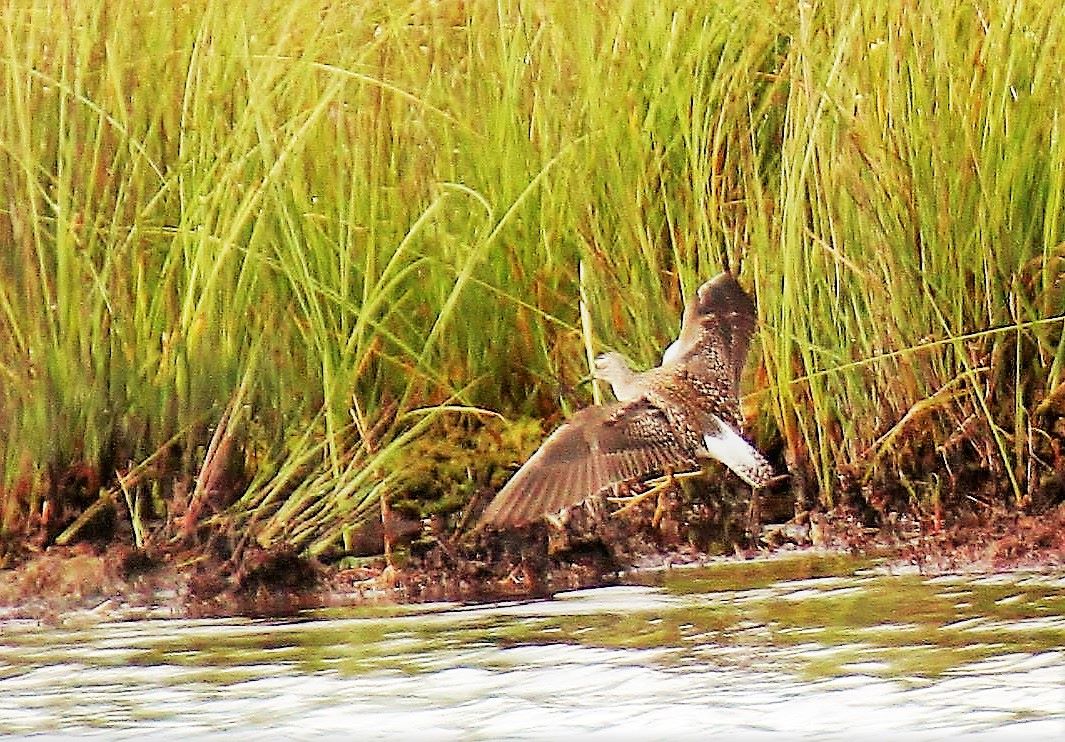


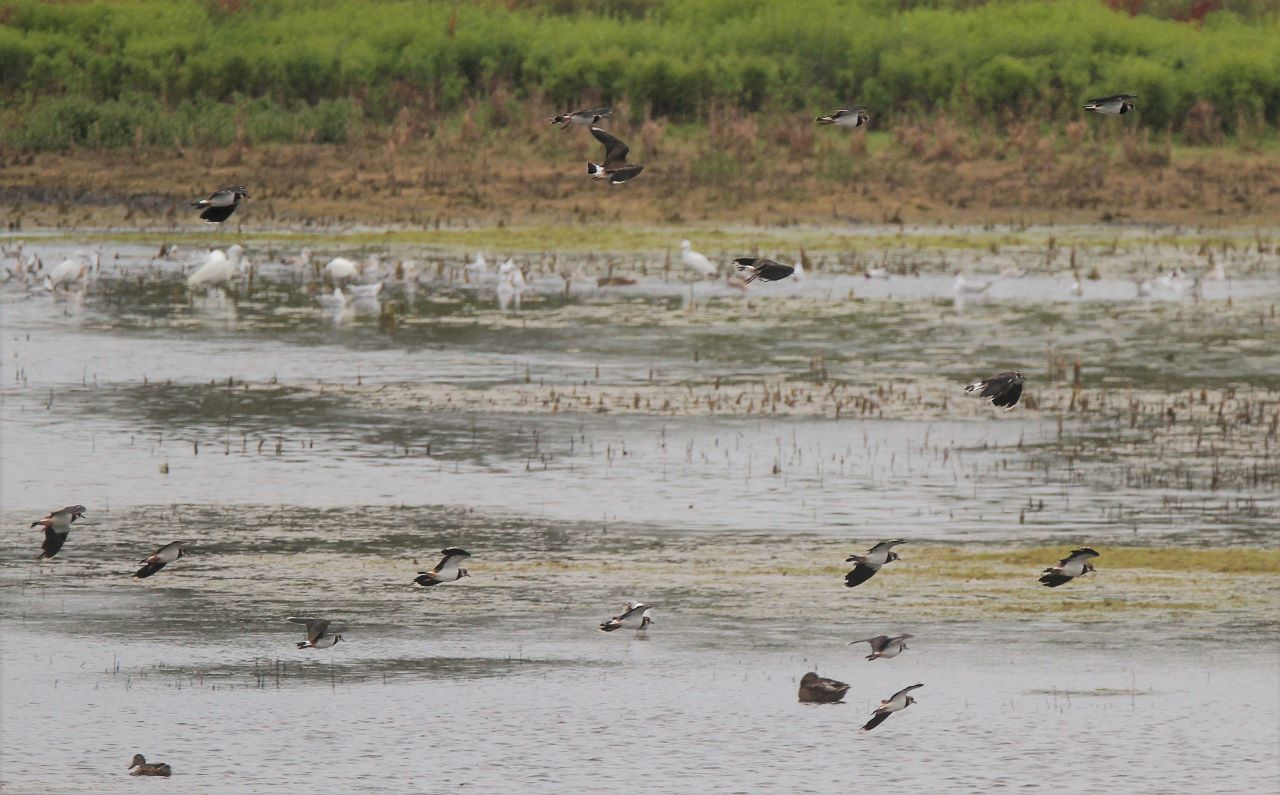
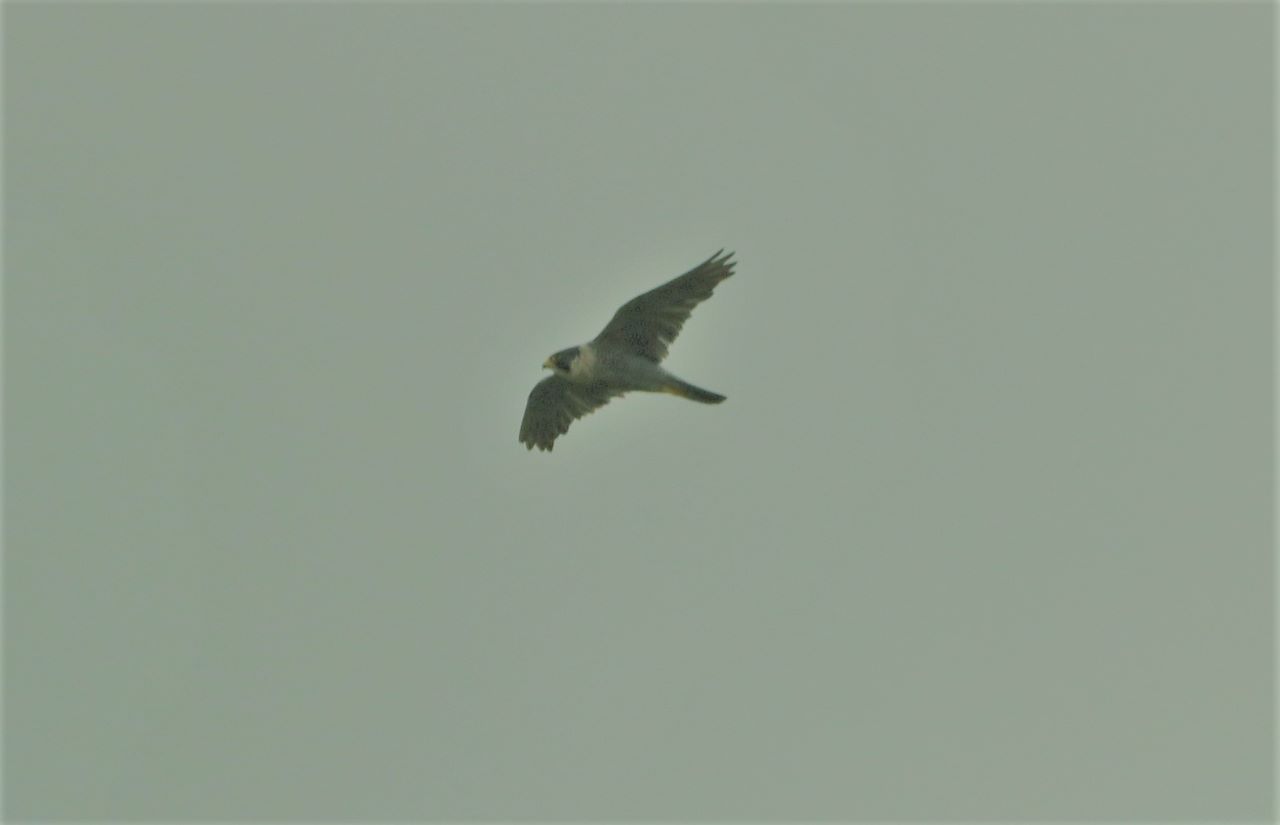
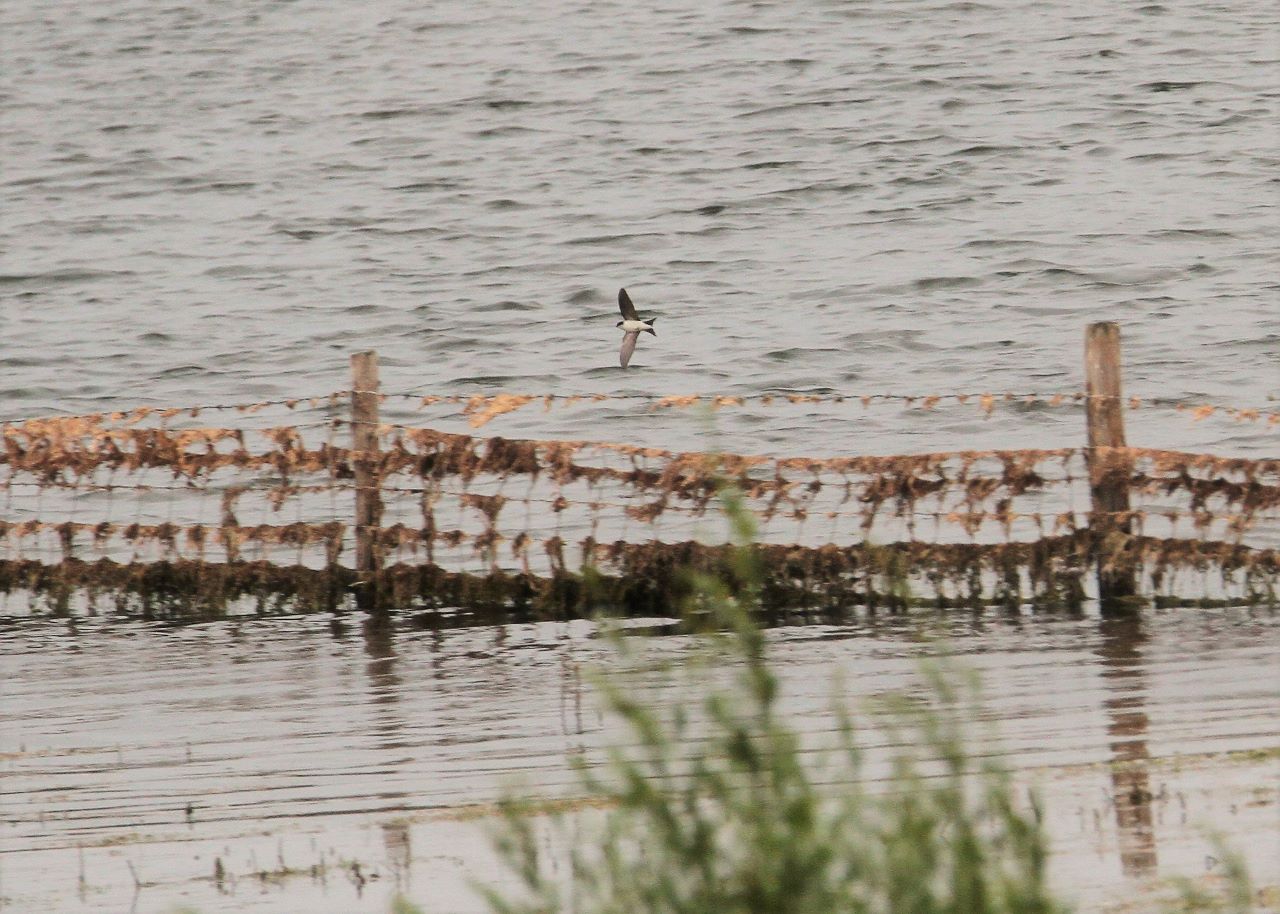
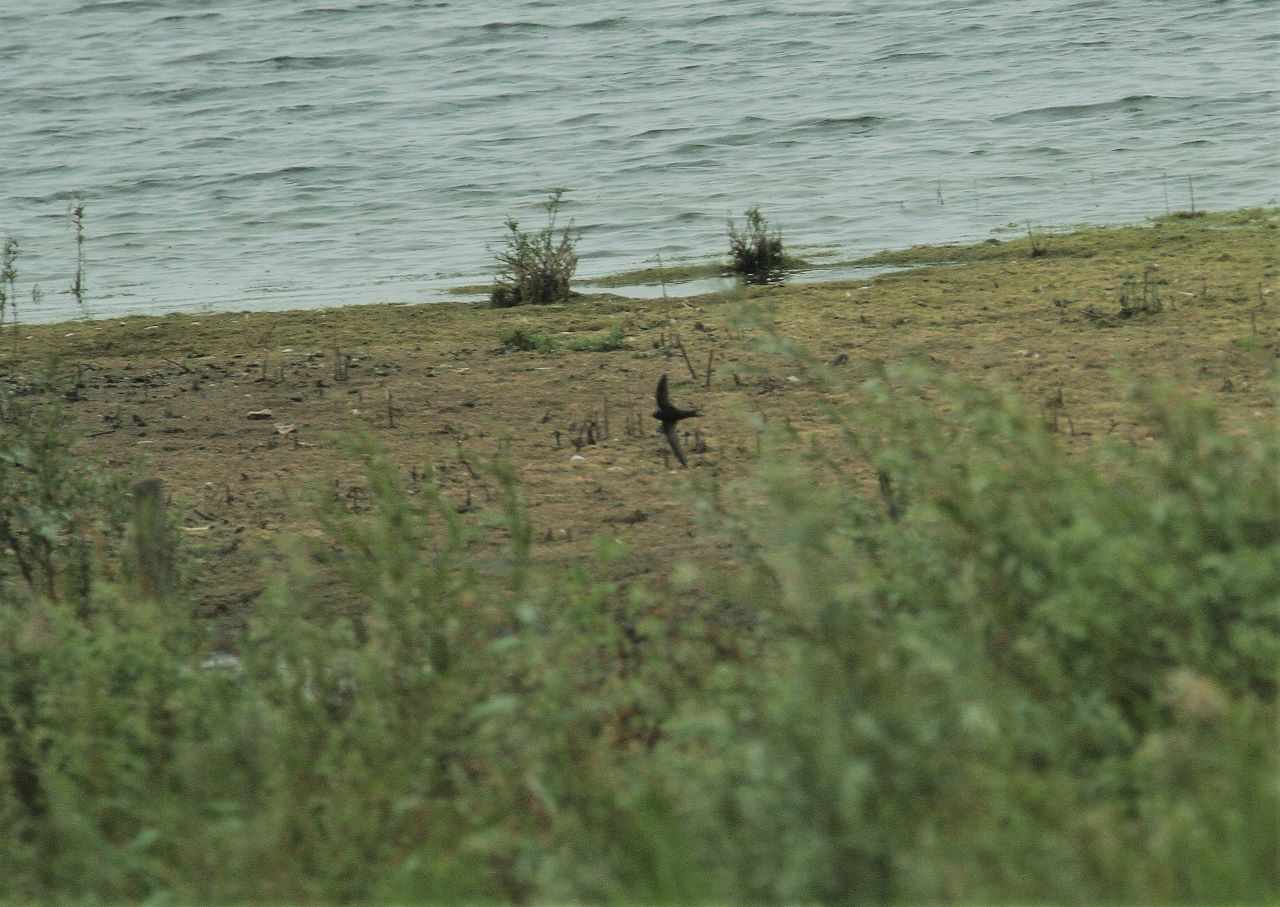

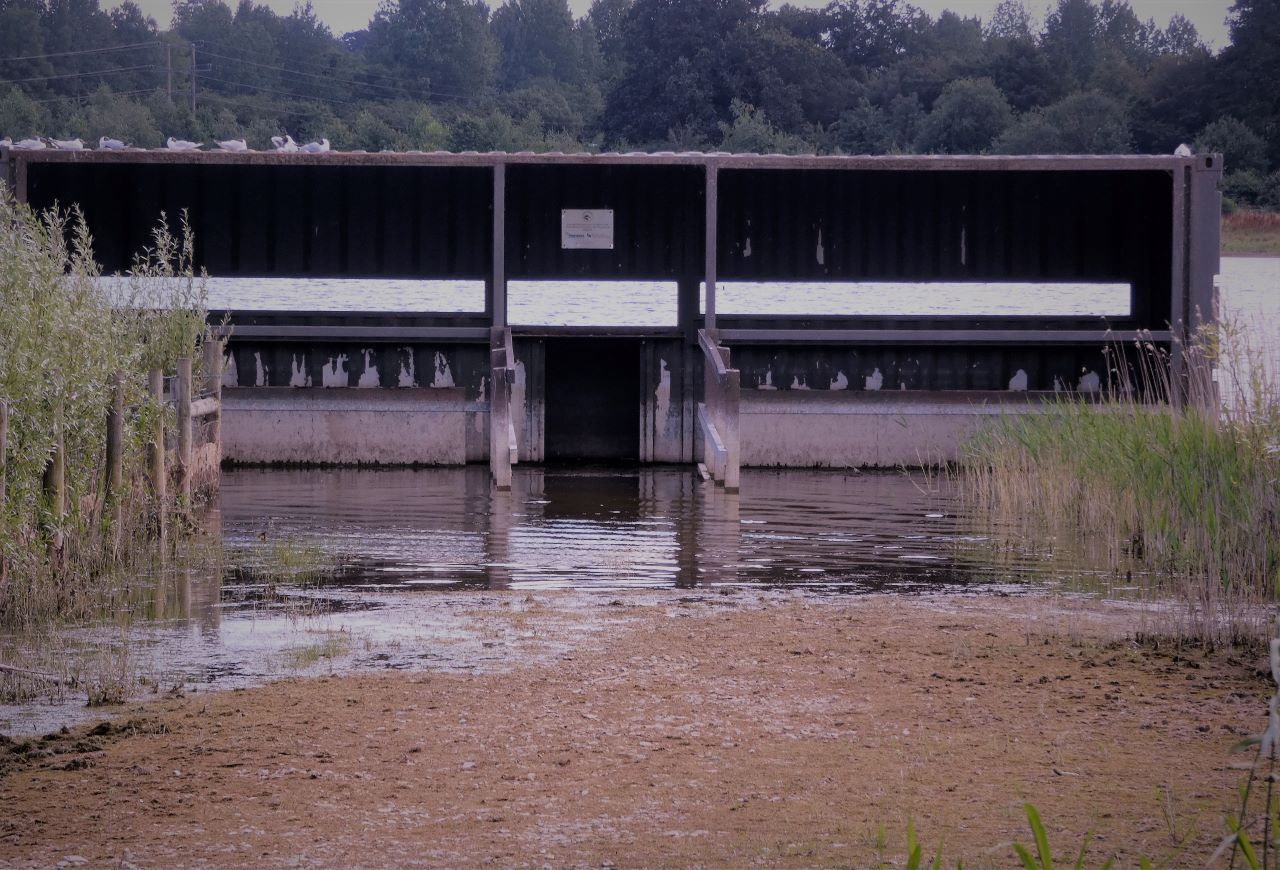
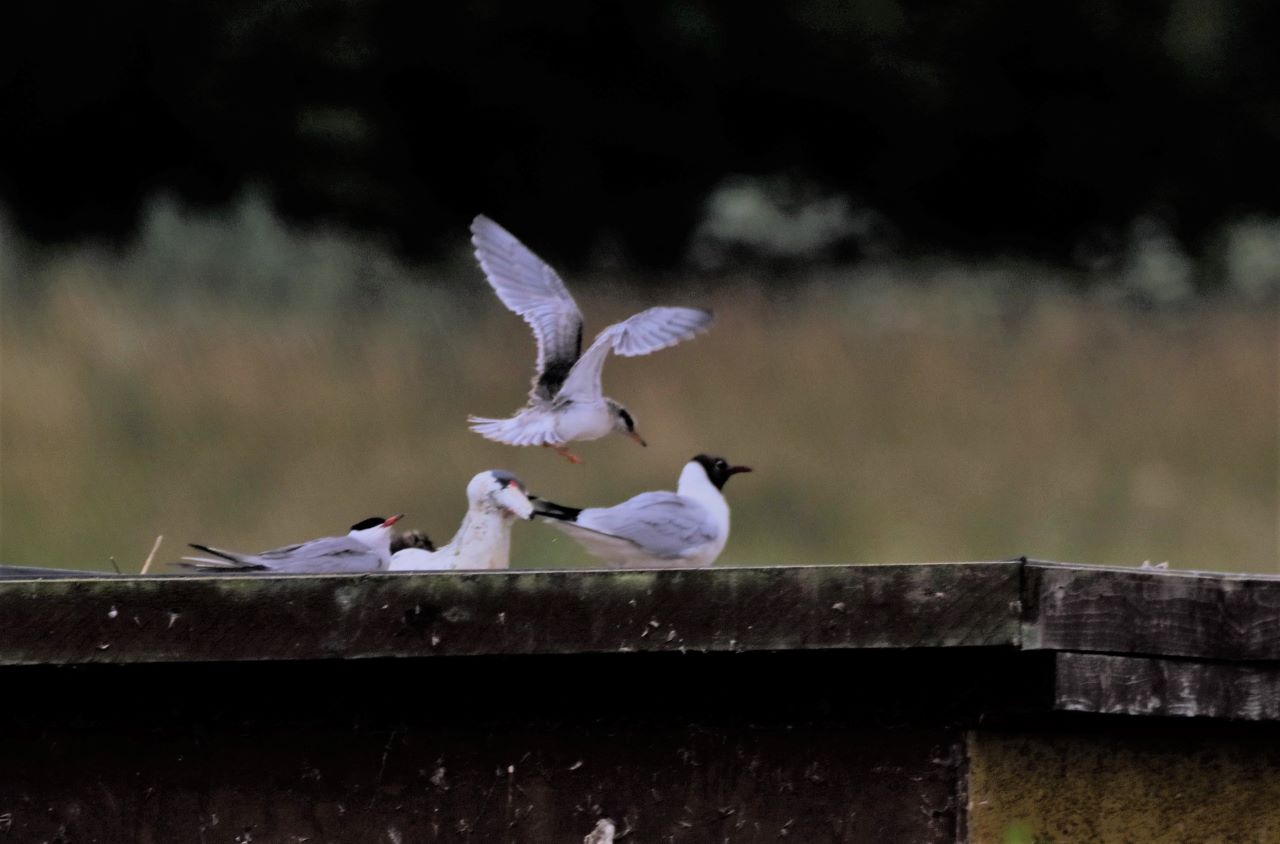
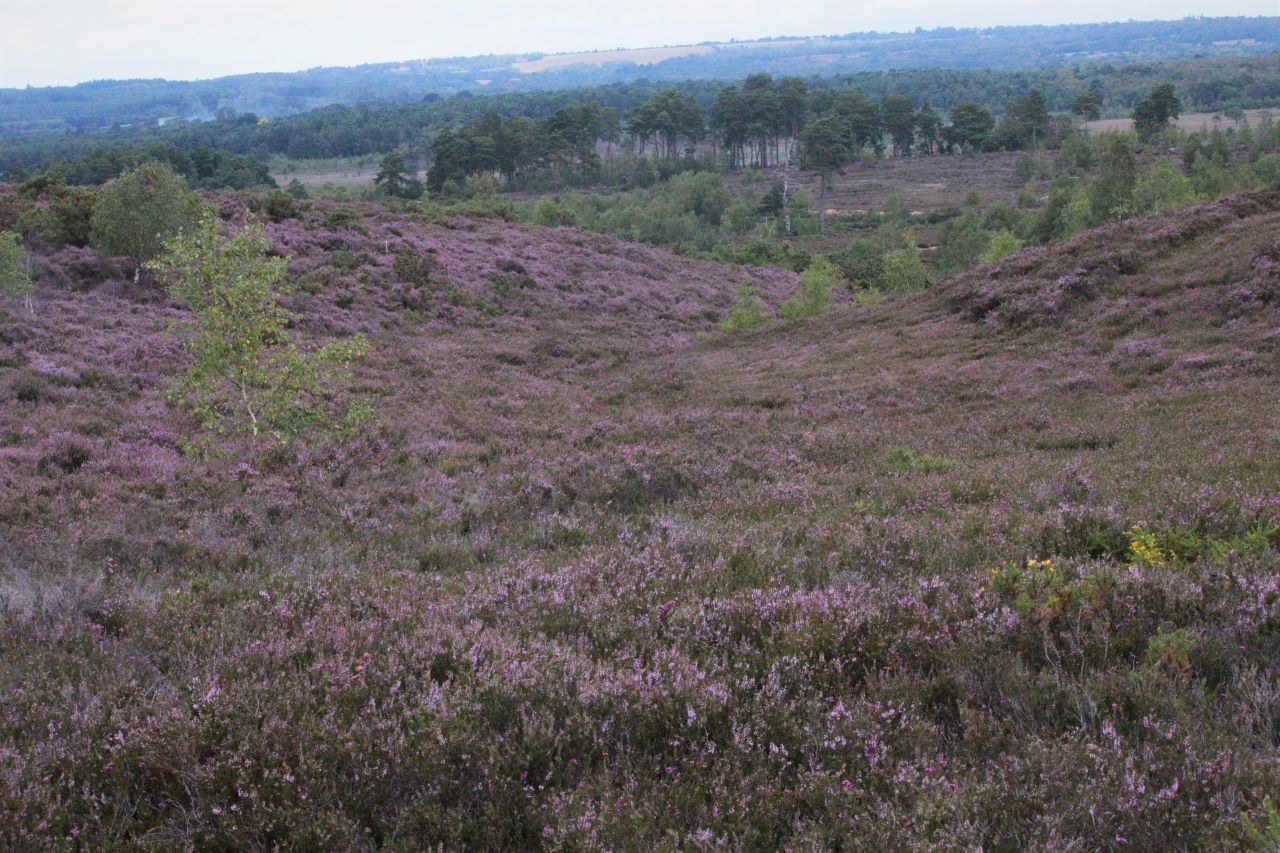

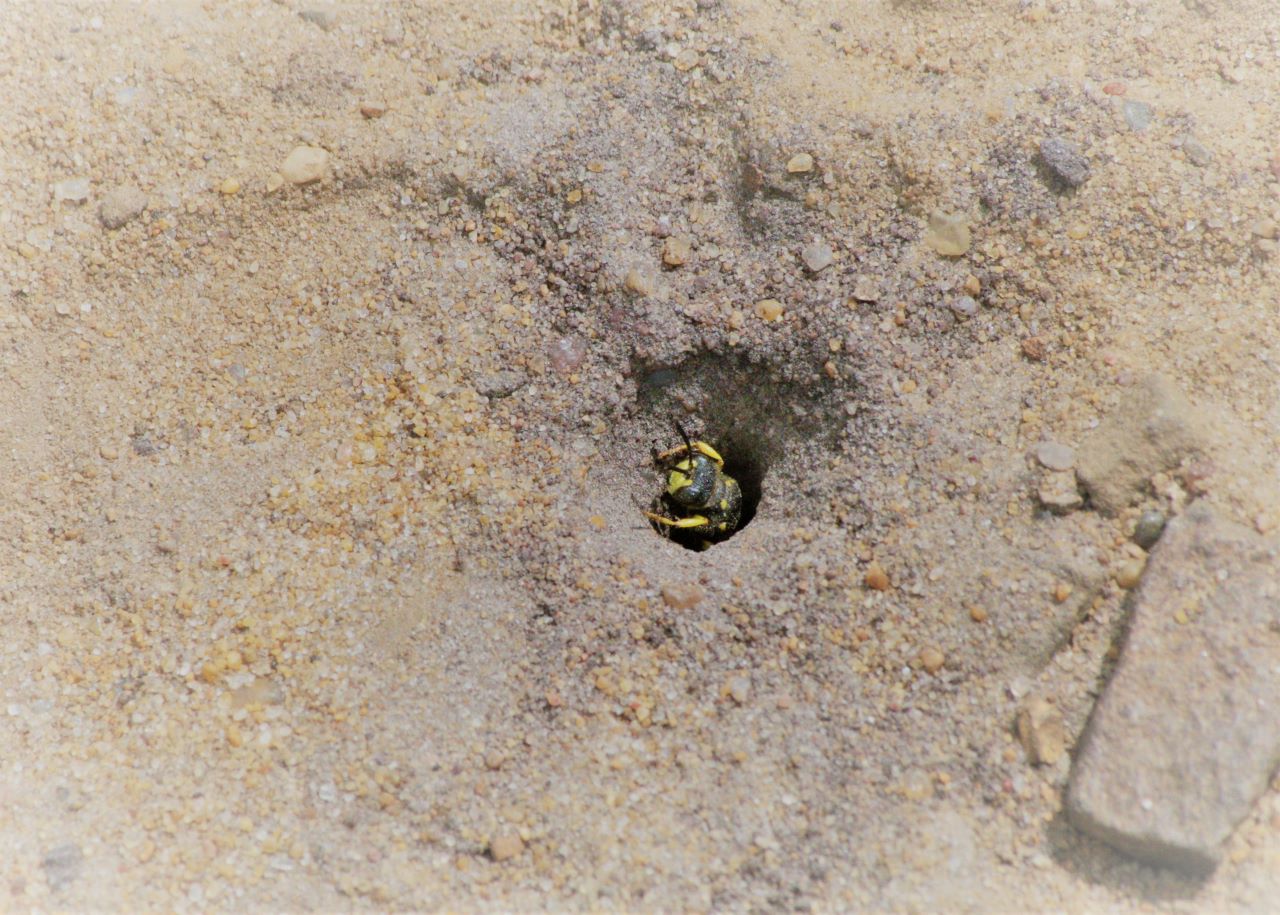

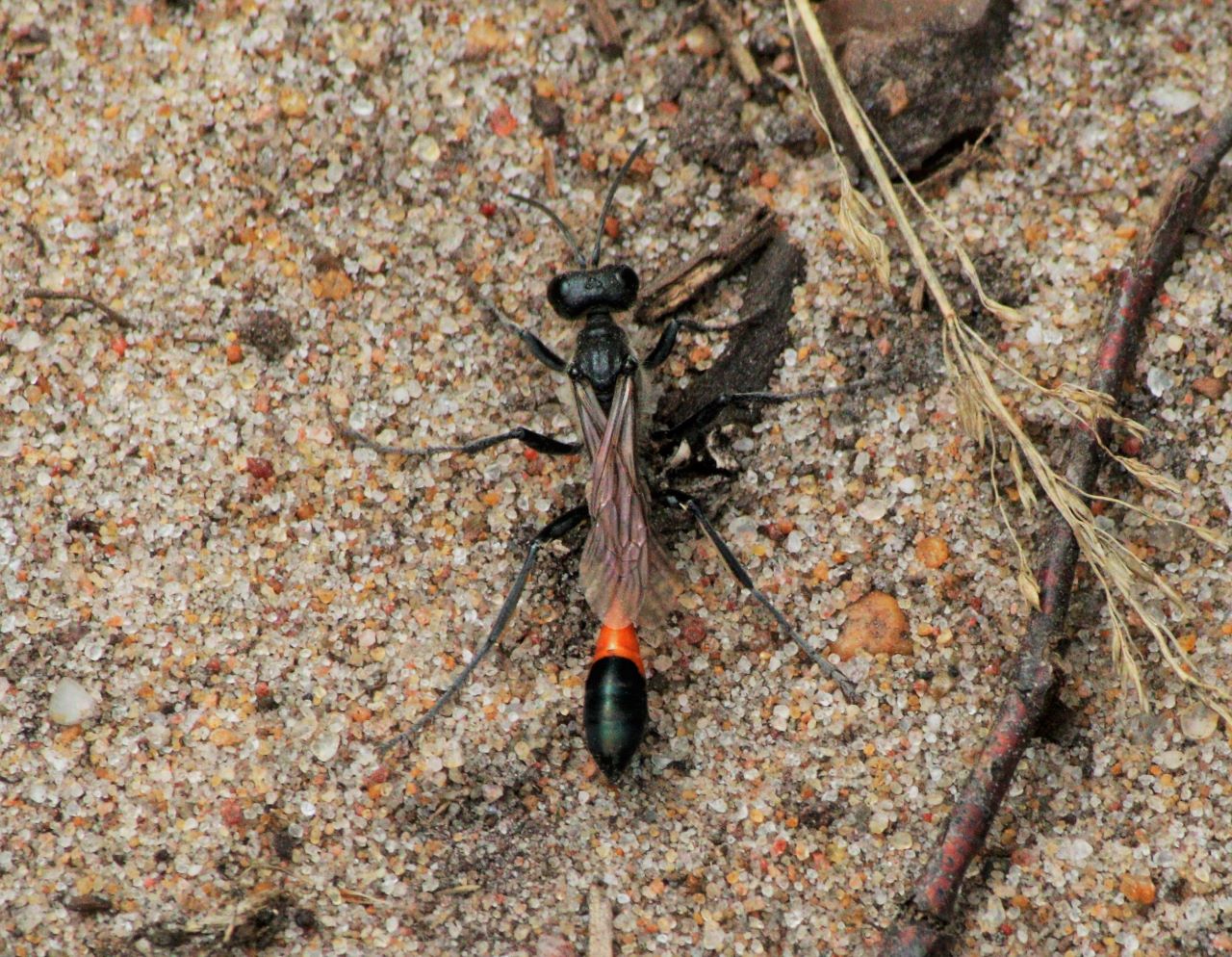
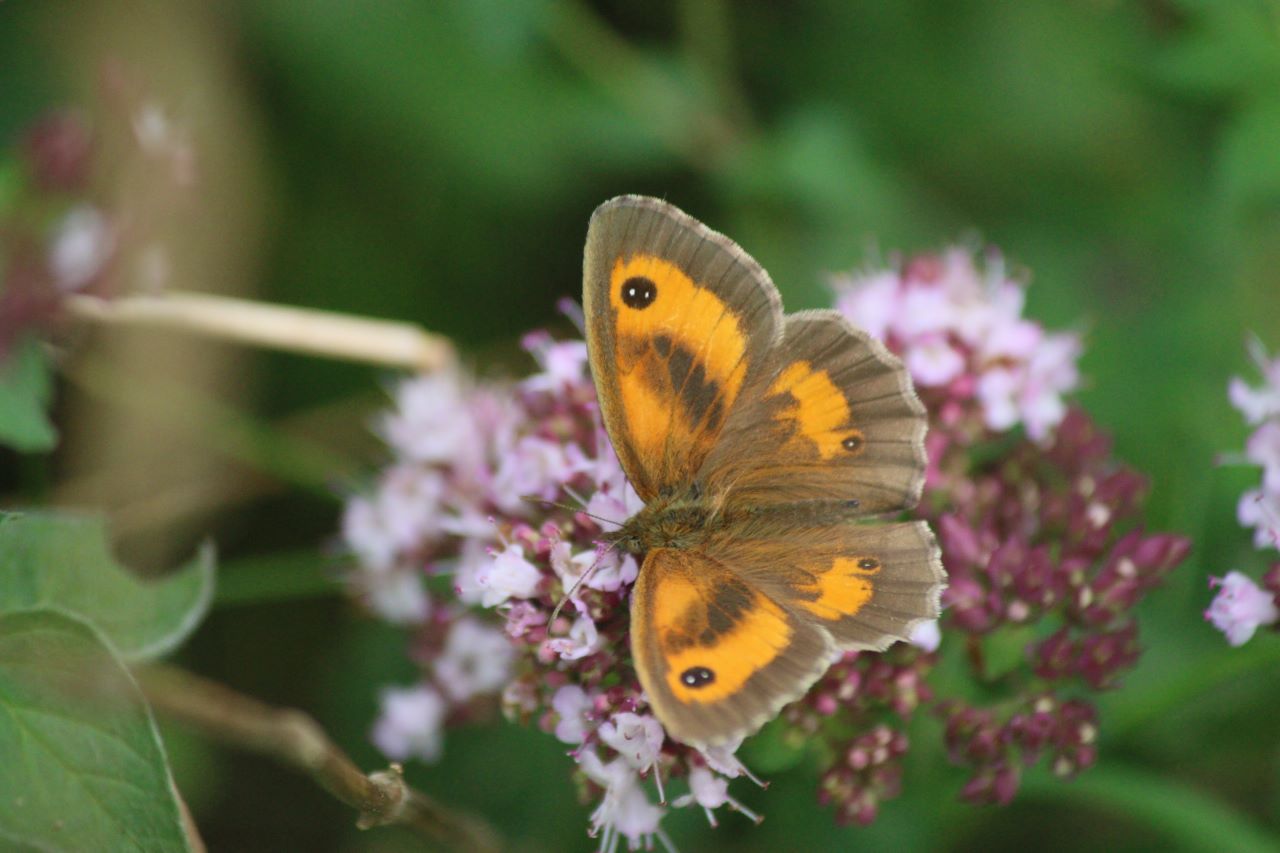
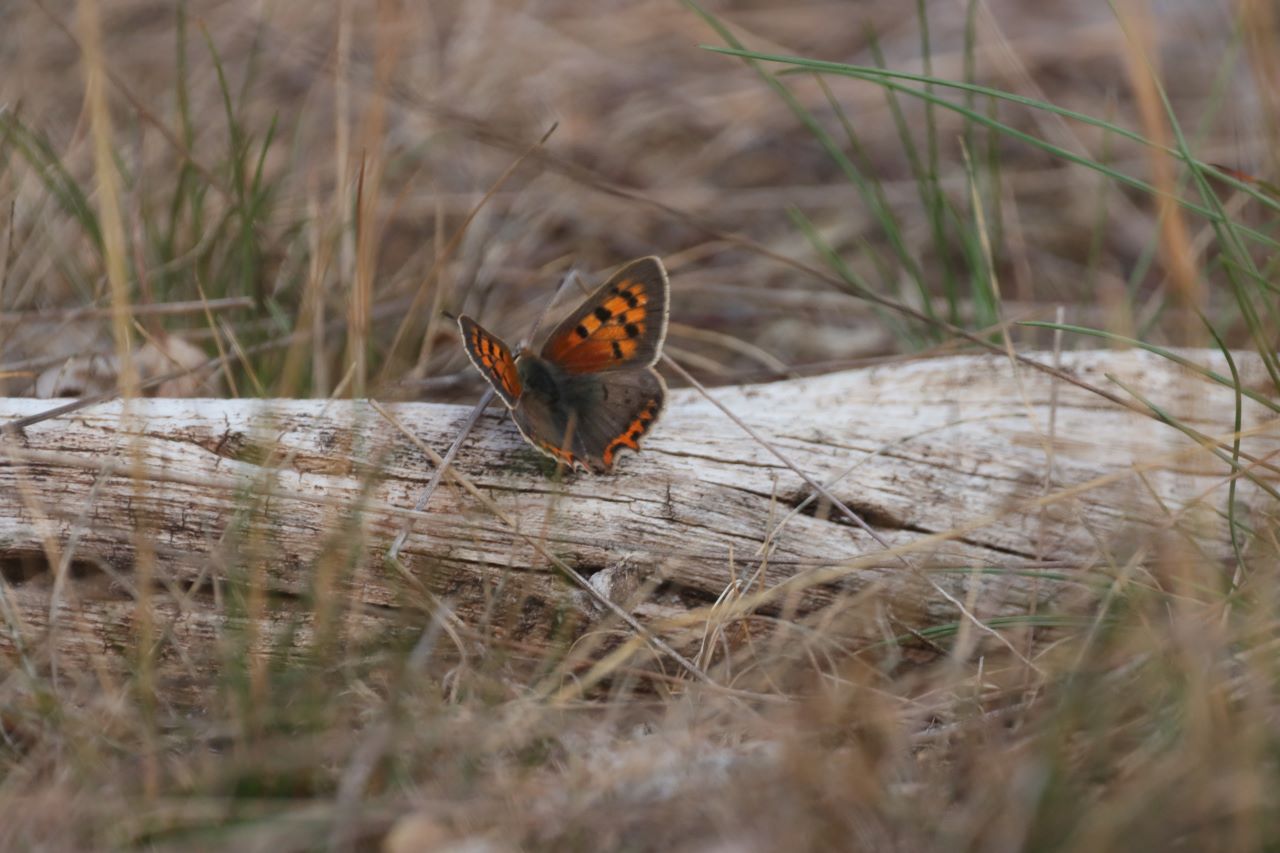
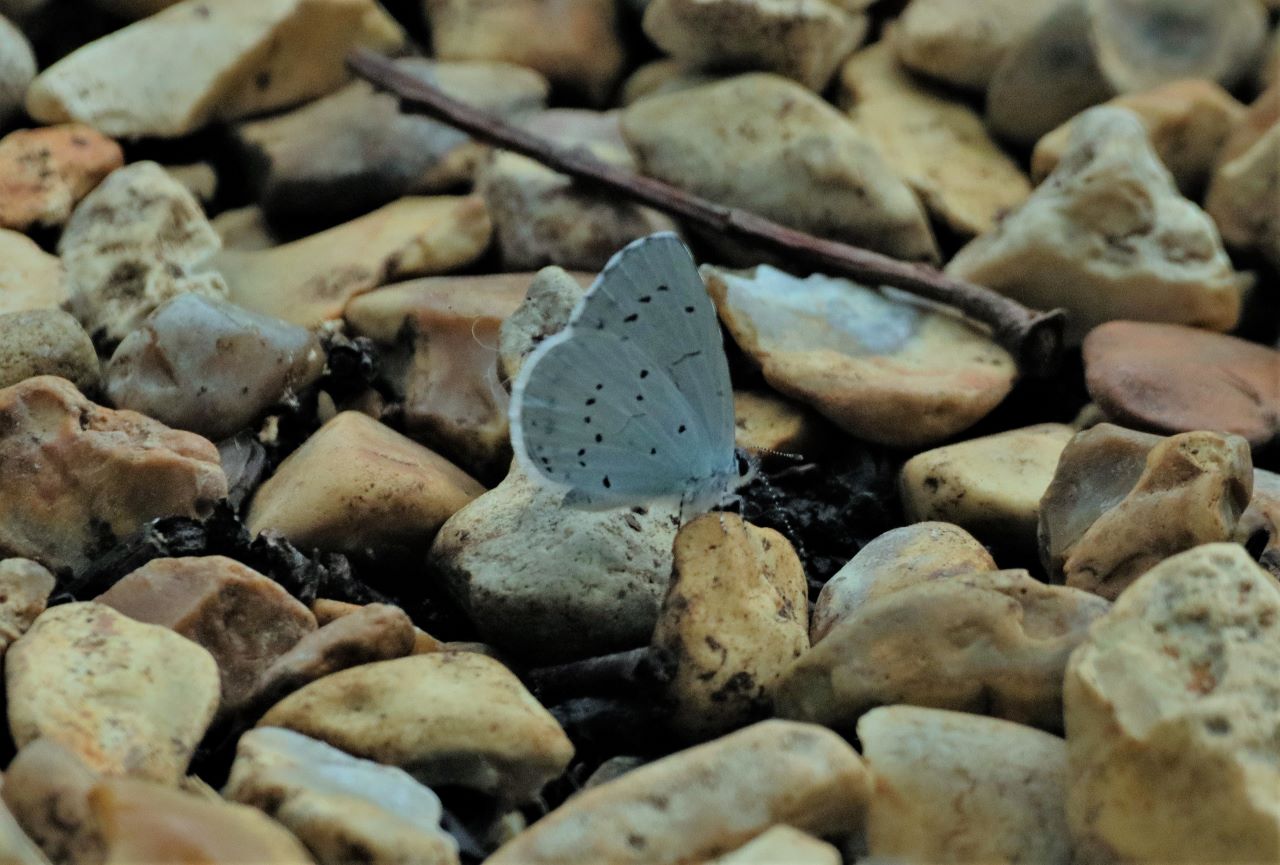
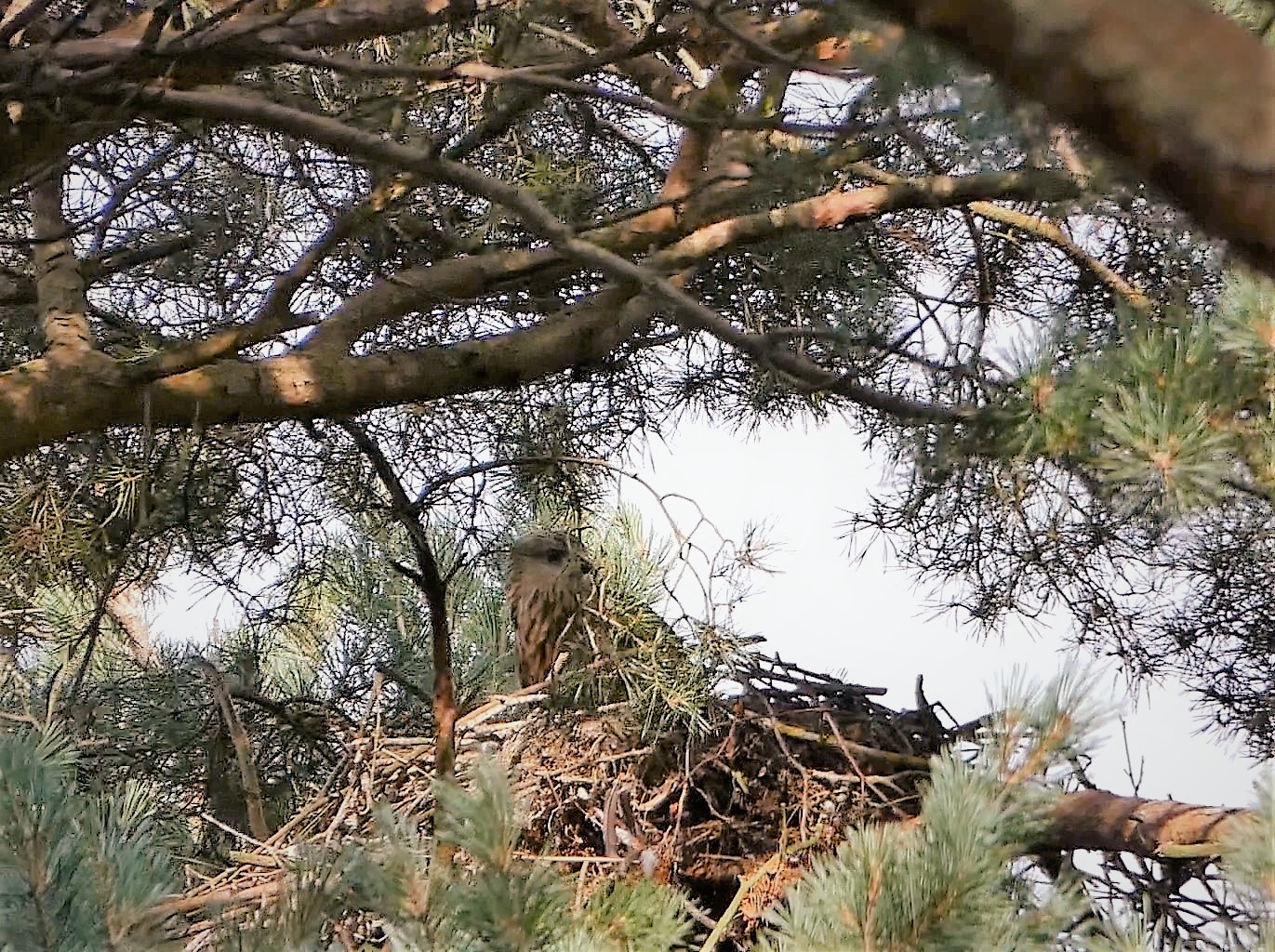



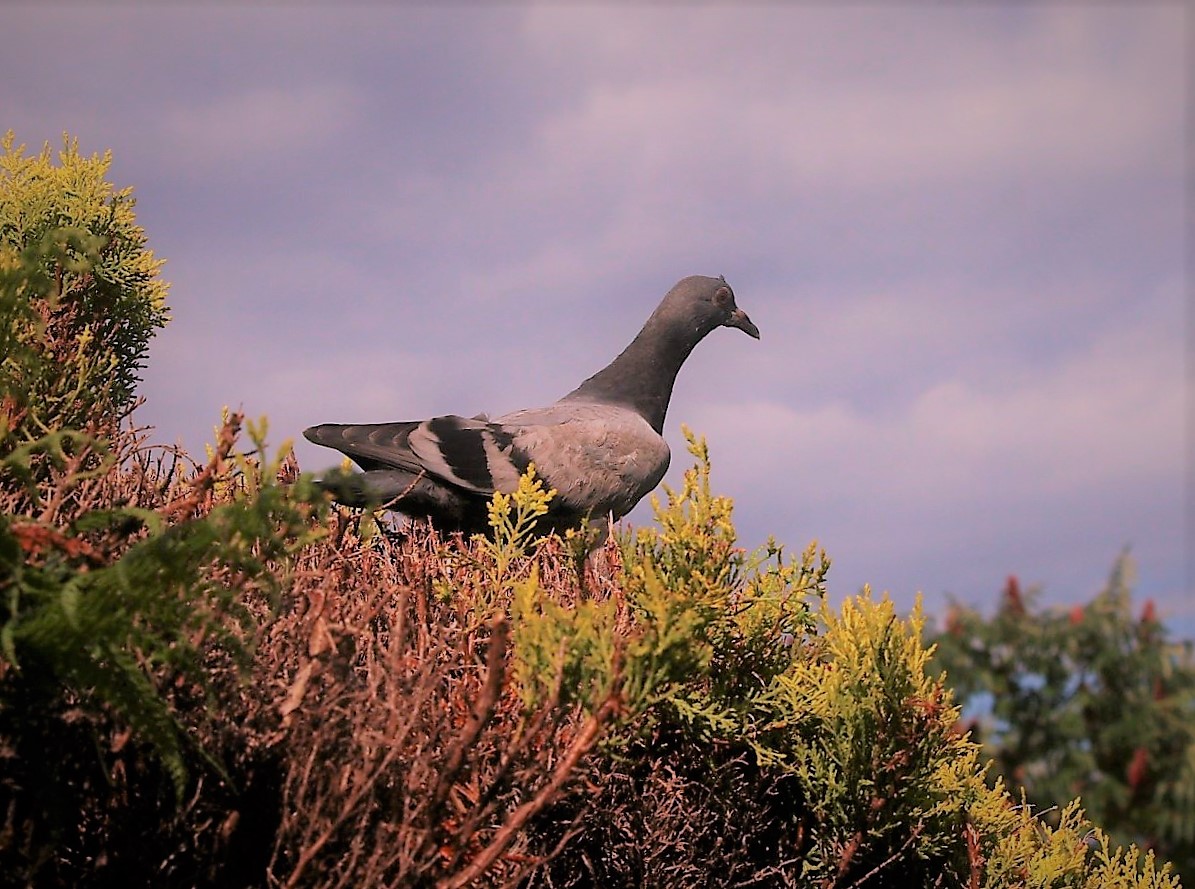
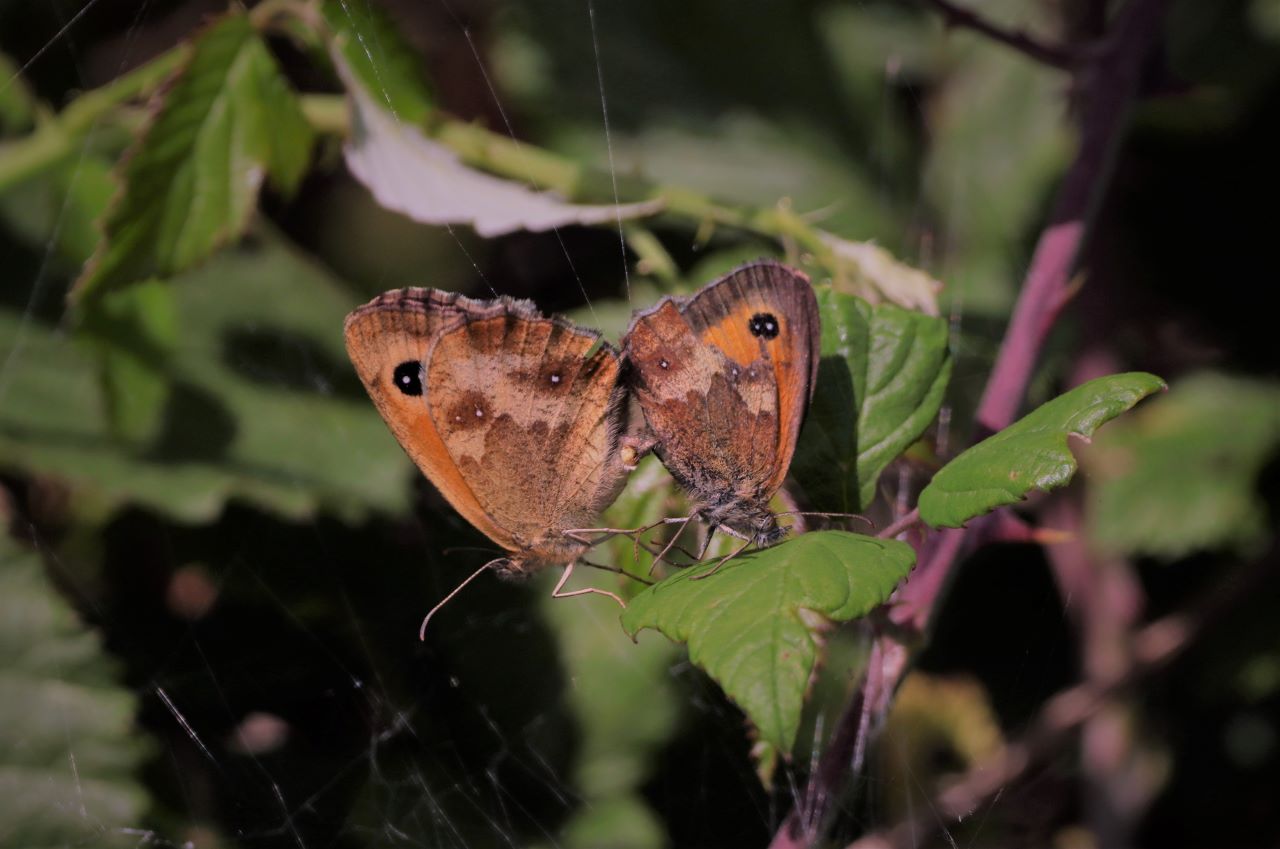
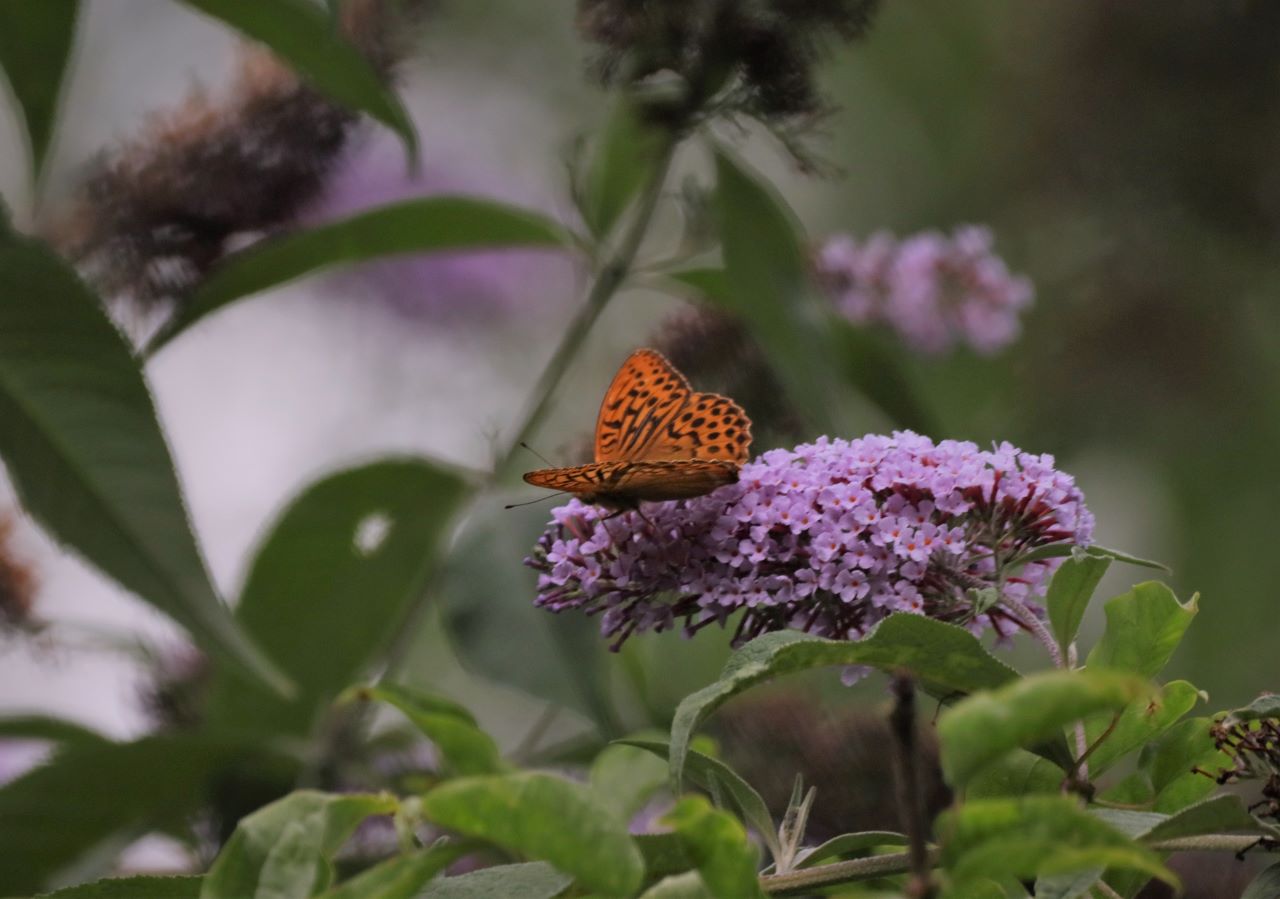
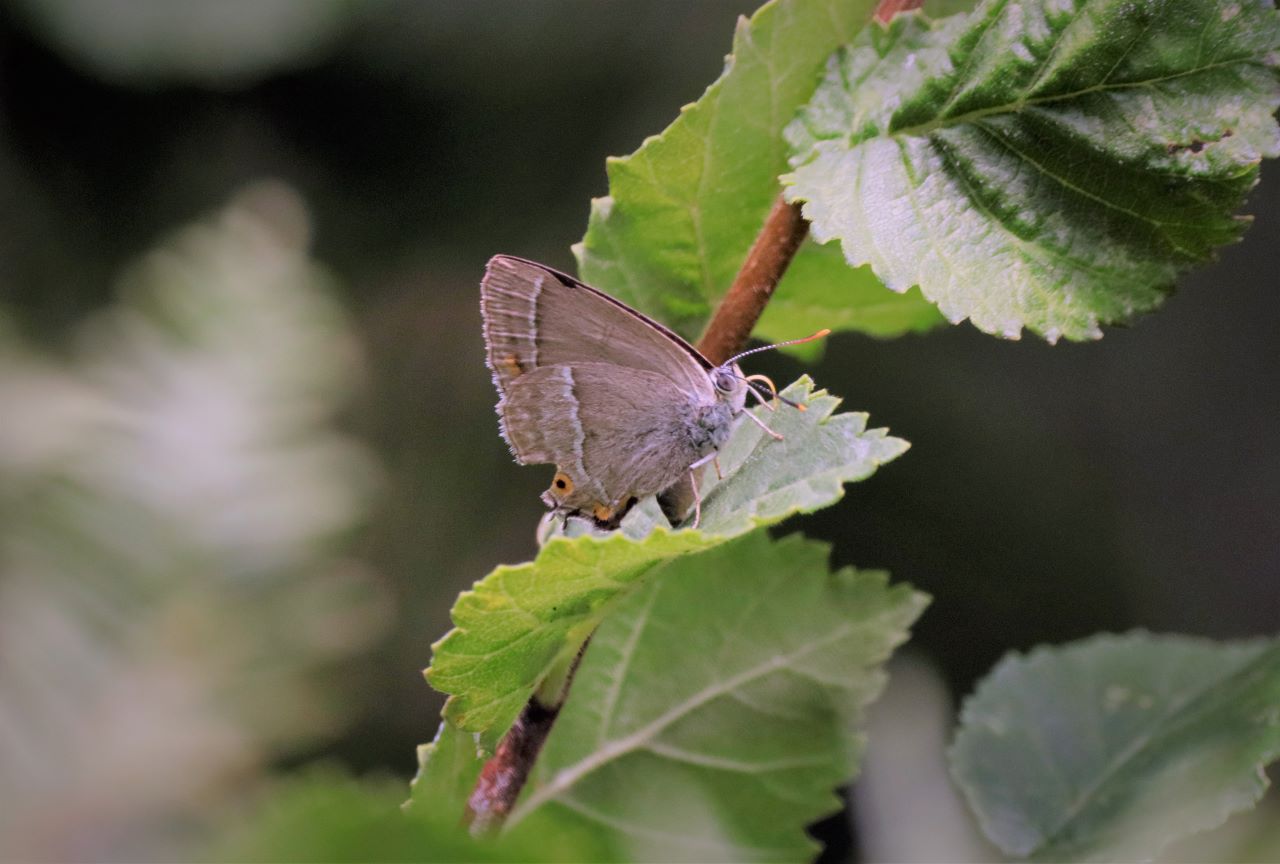
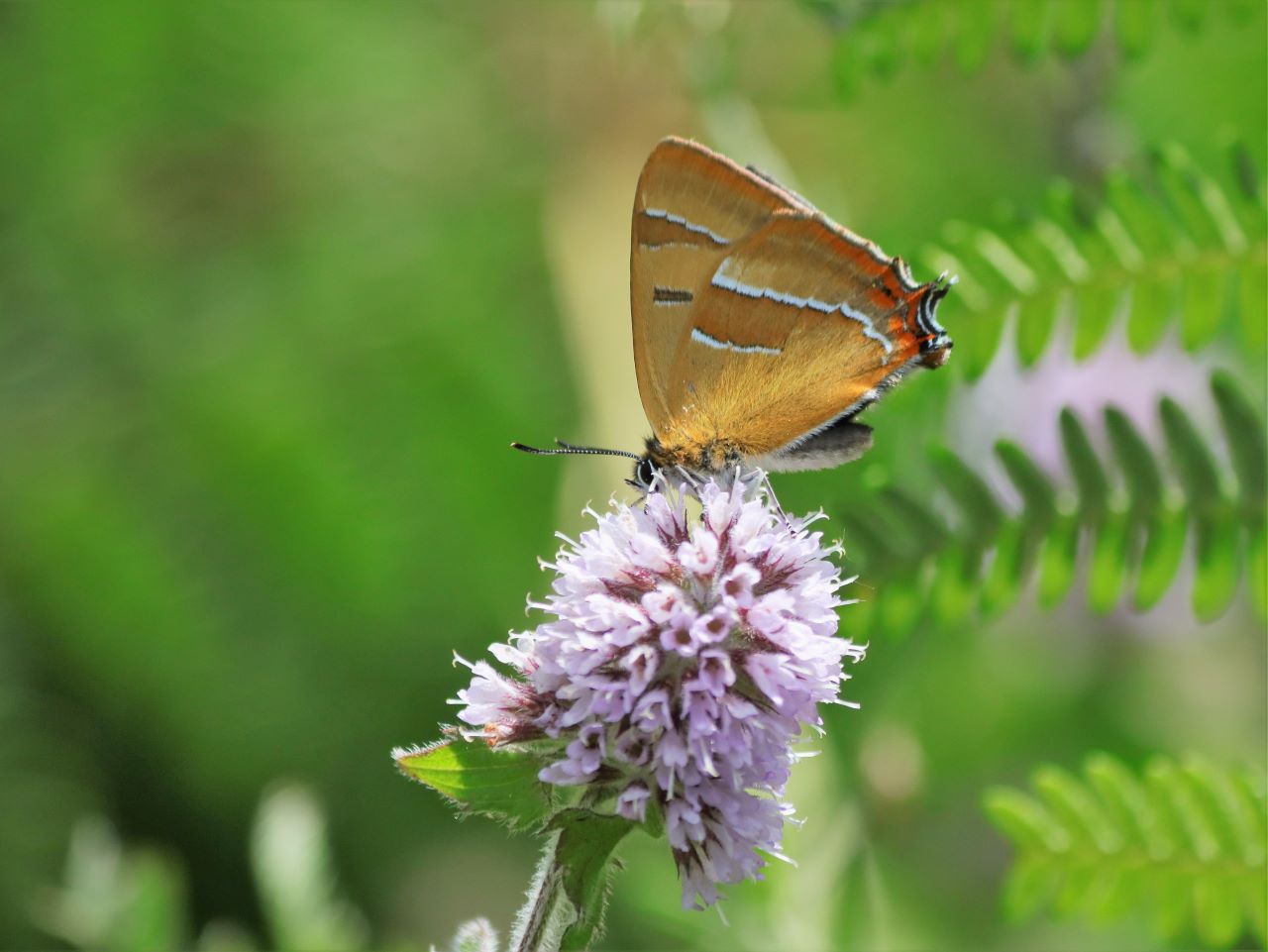






Malcolm Fincham
July 29, 2023 at 11:30 am
I would just like to take a moment to thank Hans Weijman and all those that have made comments during previous months.
My intent in writing these reports has always been to encourage all that read these articles to be inspired to look more closely for such beautiful creatures that can be found not far beyond our front and back doors.
It is always very inspiring to receive such complimentary feedback. Thank-you.
Simon Vine
August 2, 2023 at 7:40 pm
Fantastic pictures and report from Malcolm Fincham.